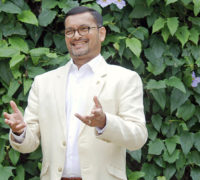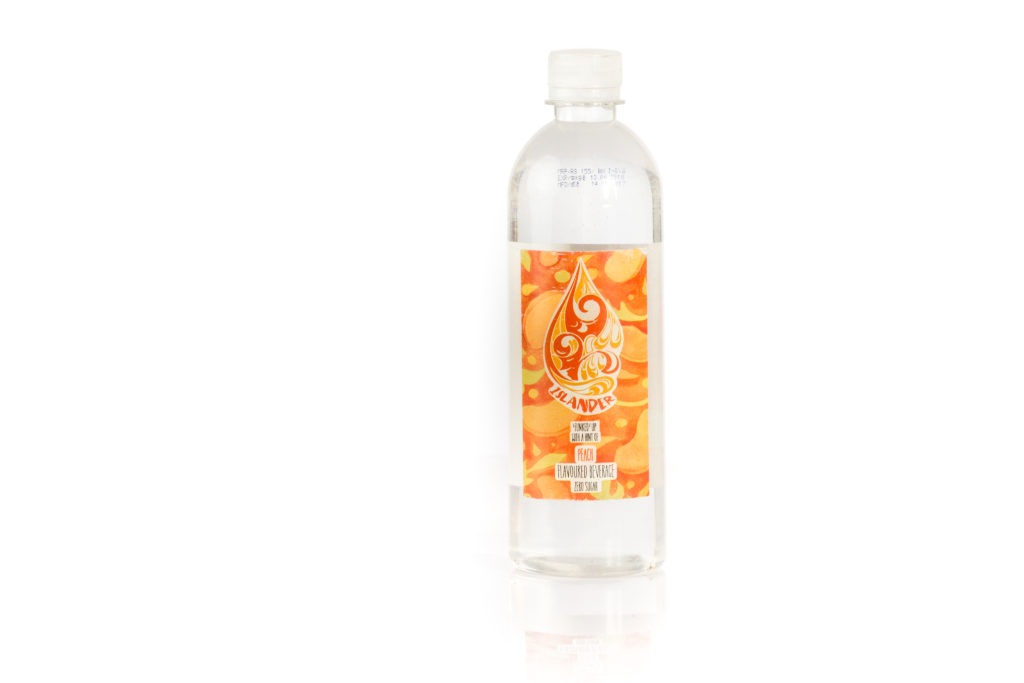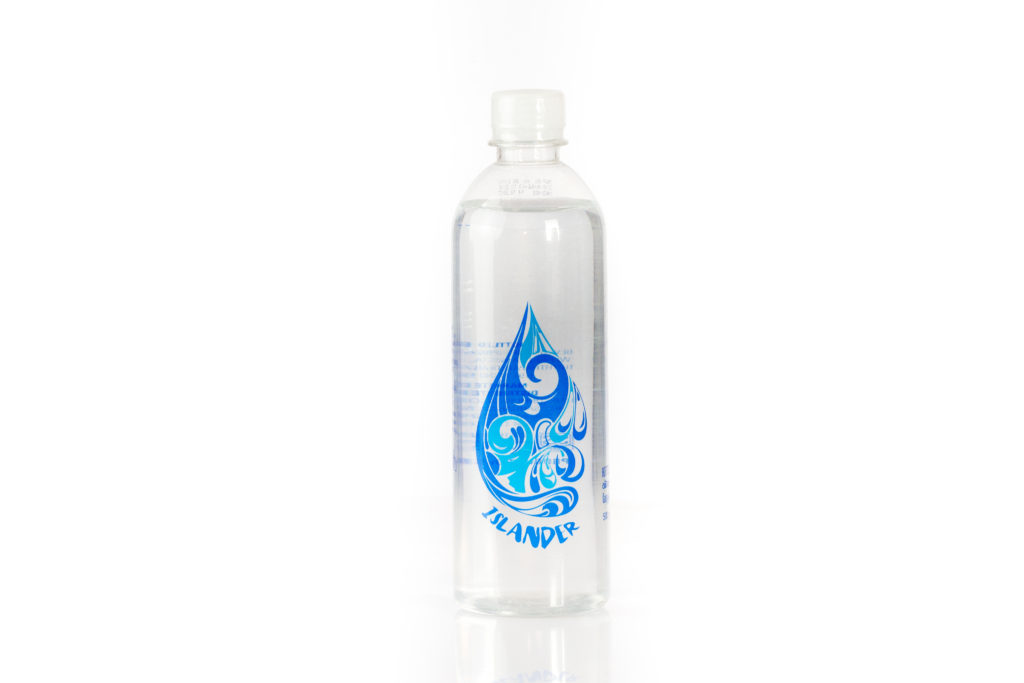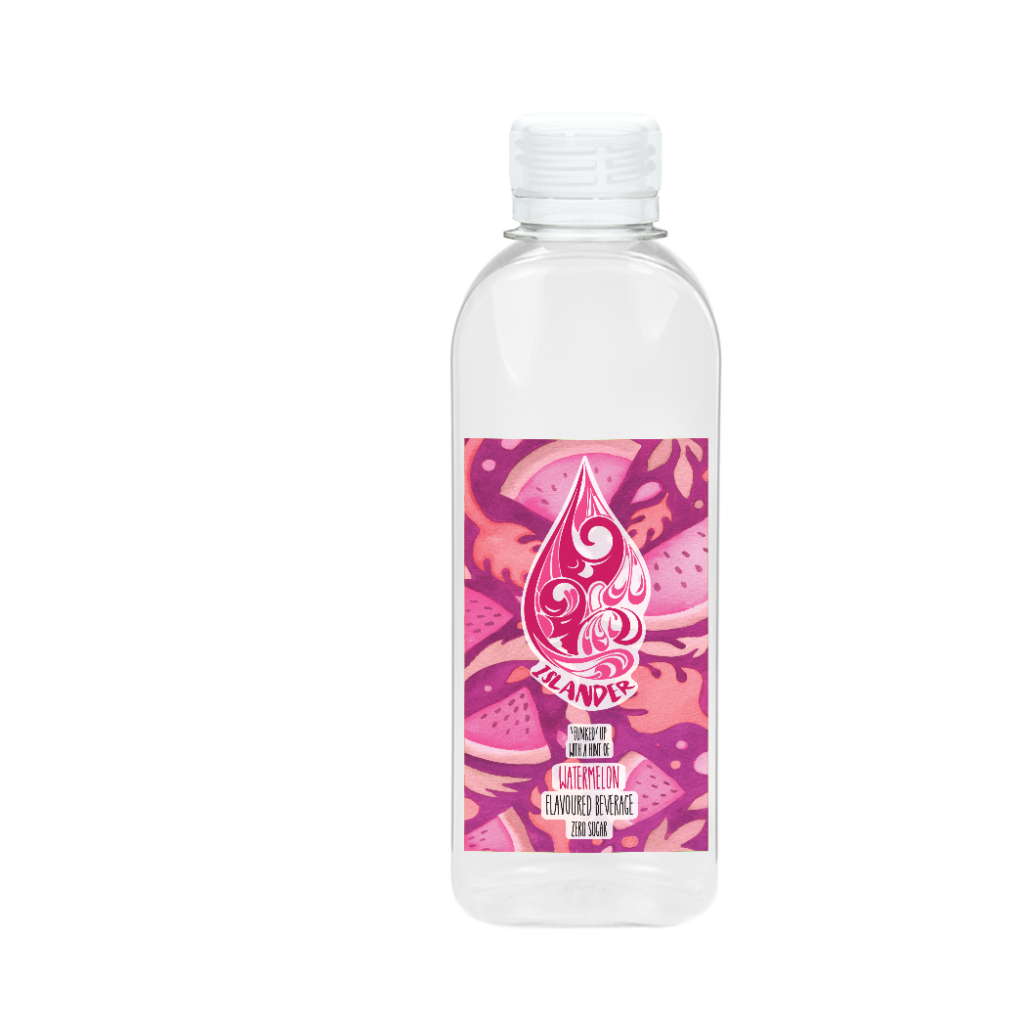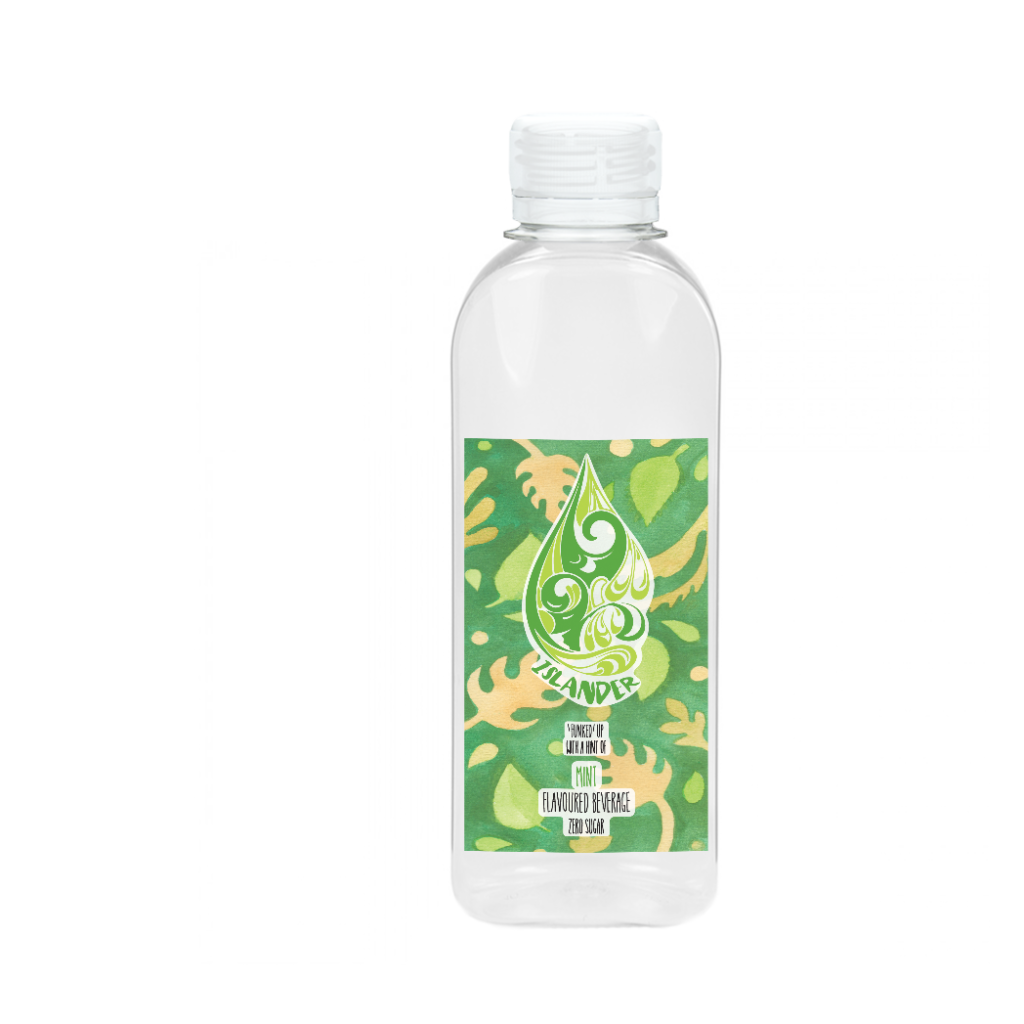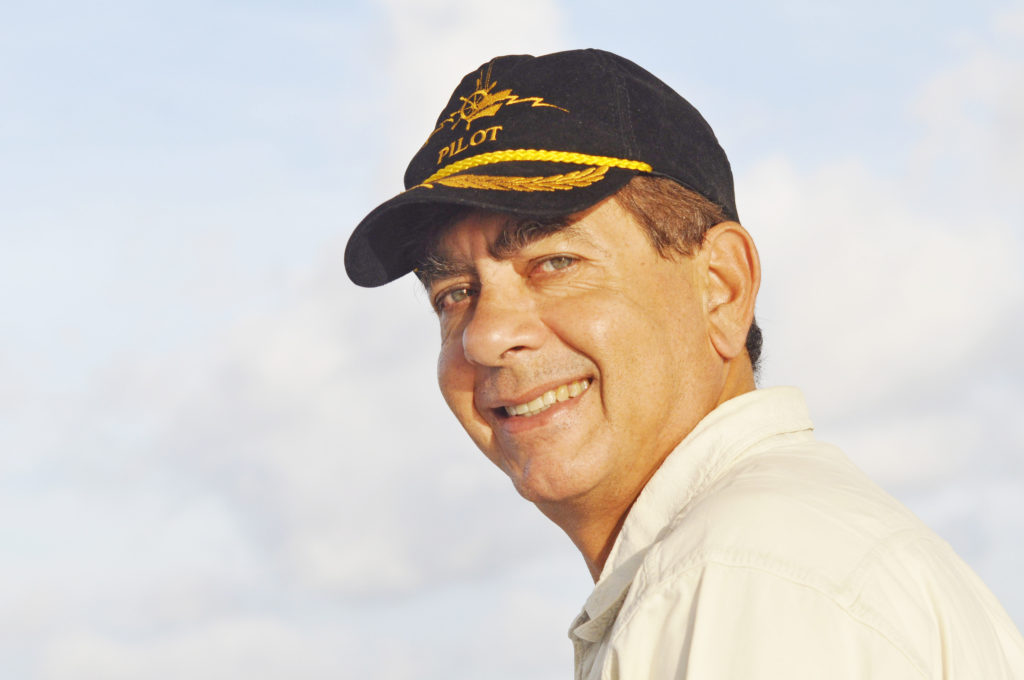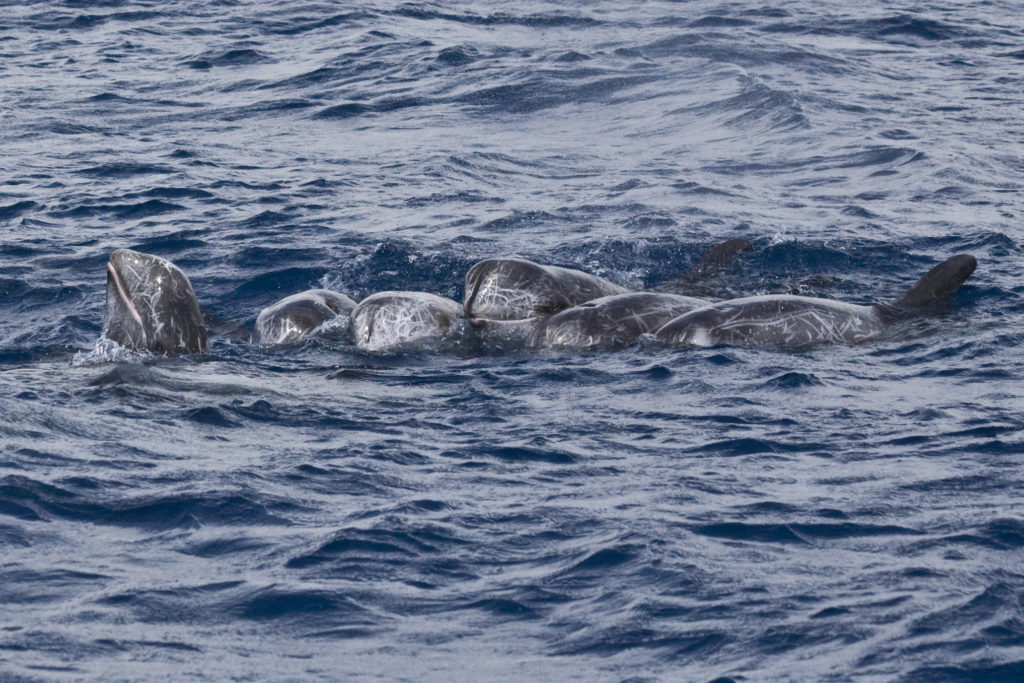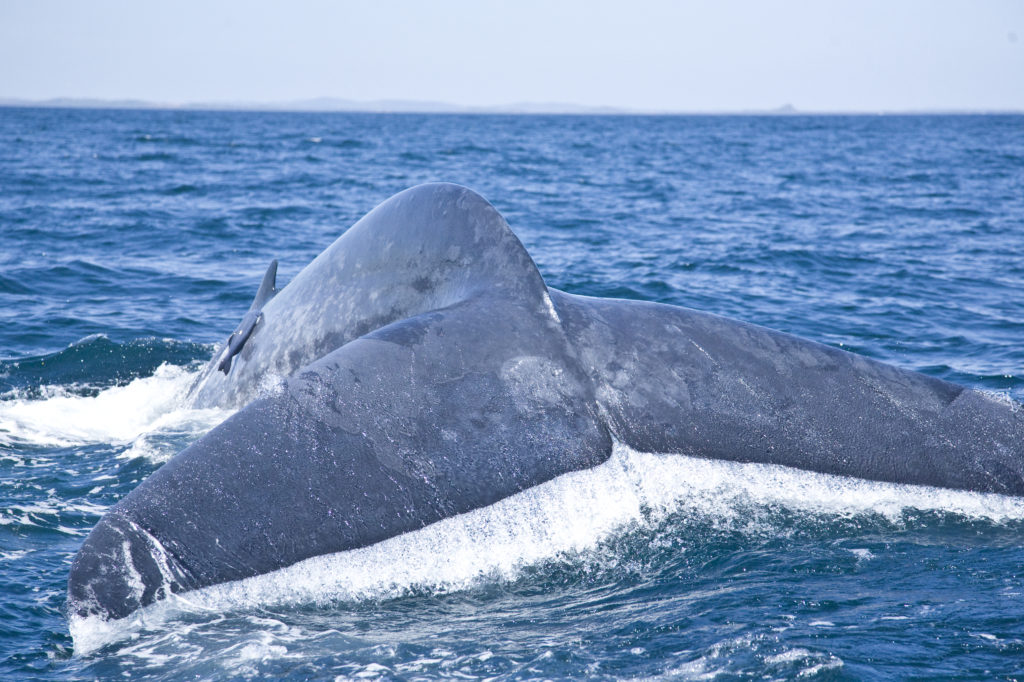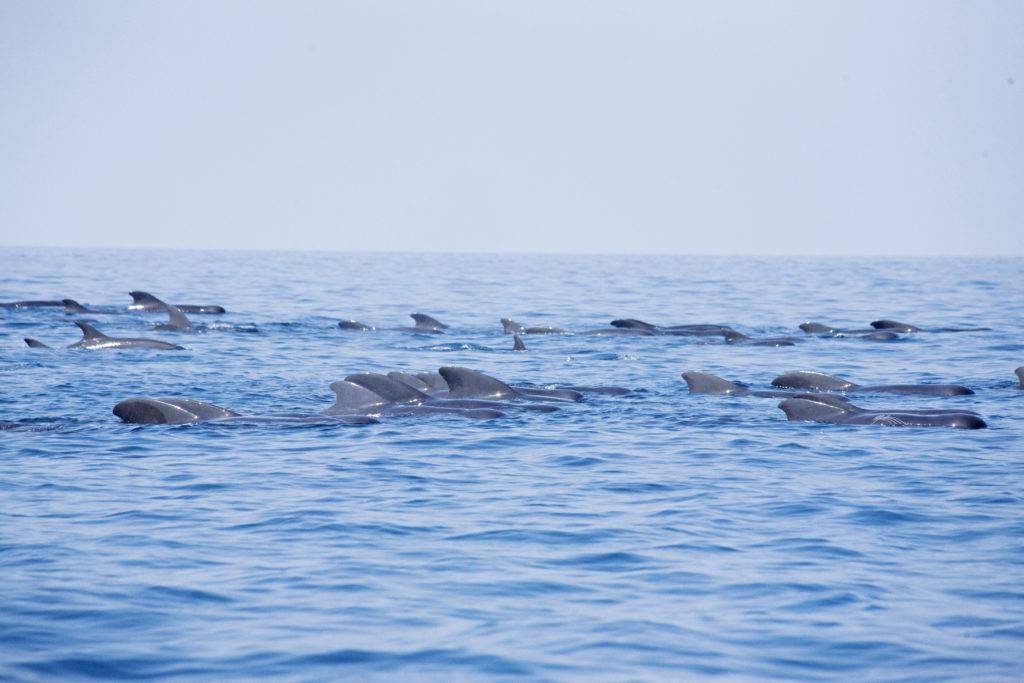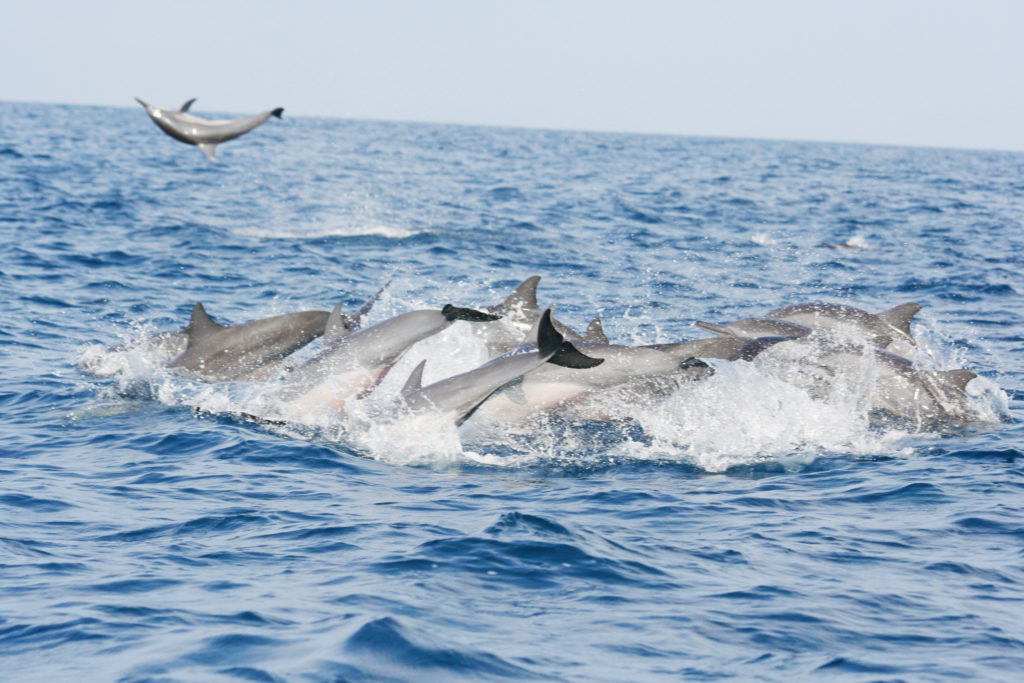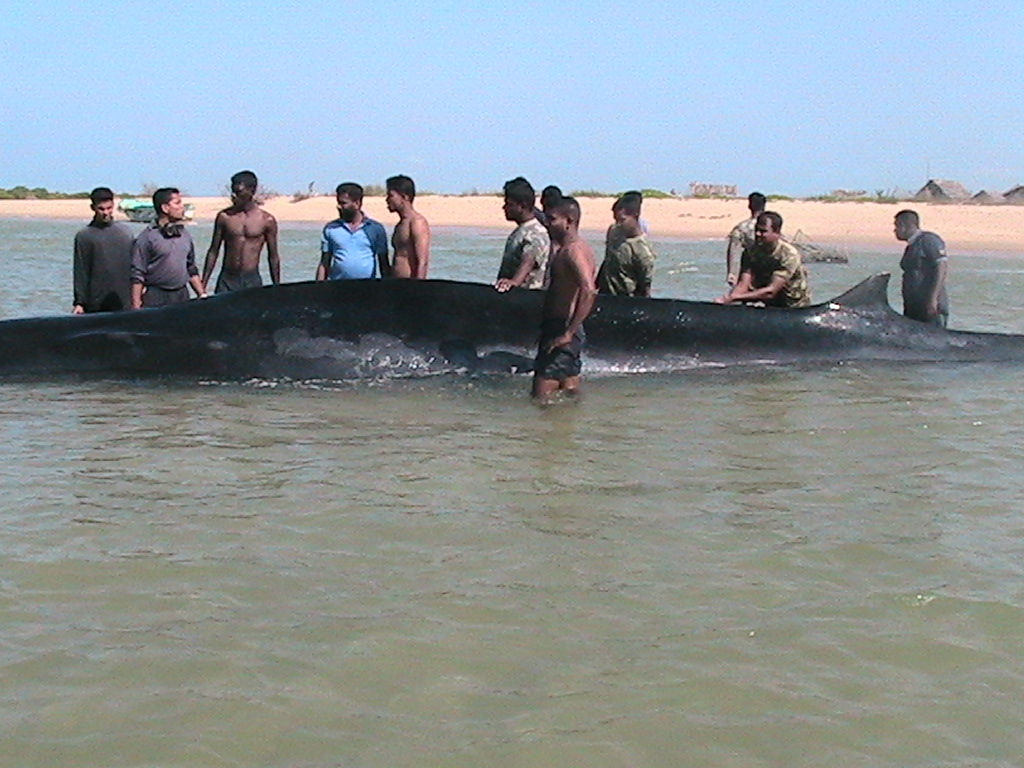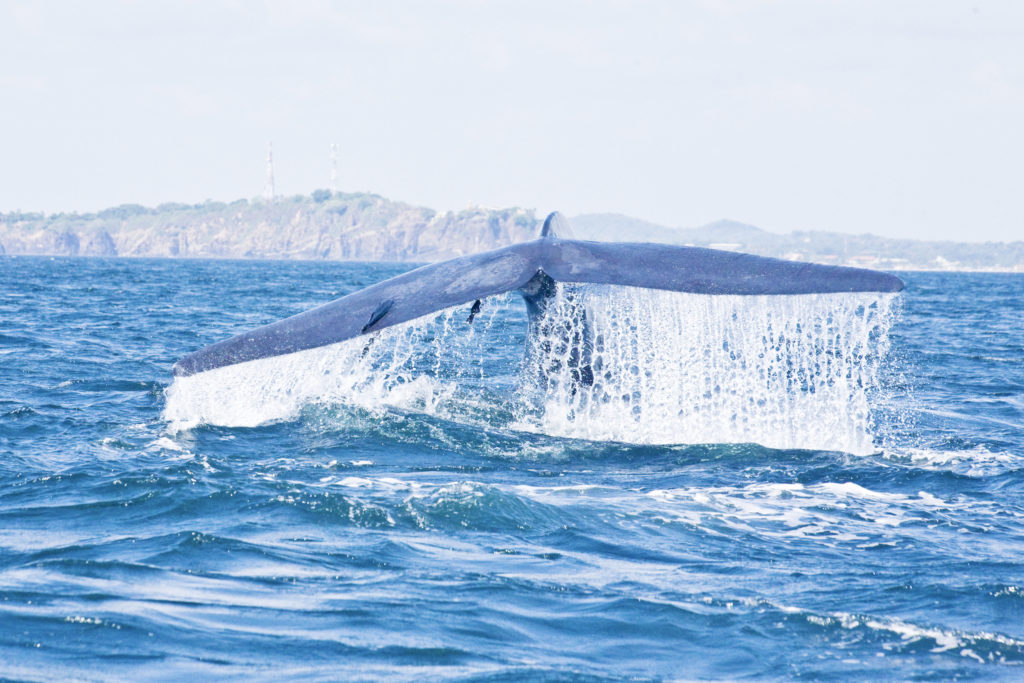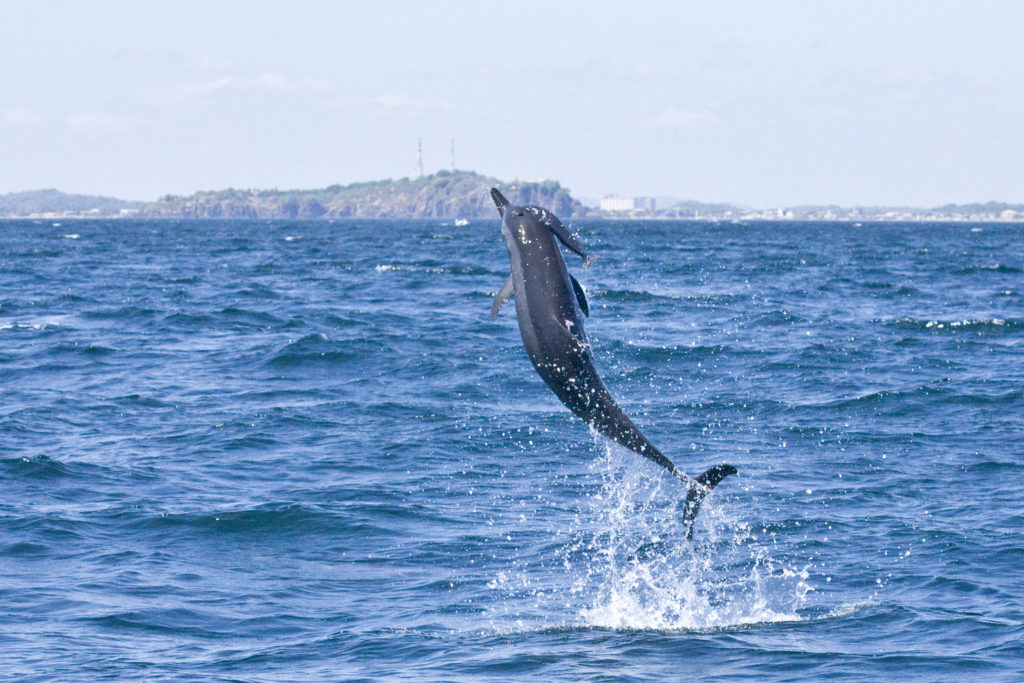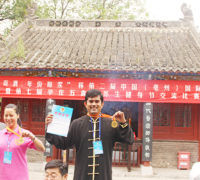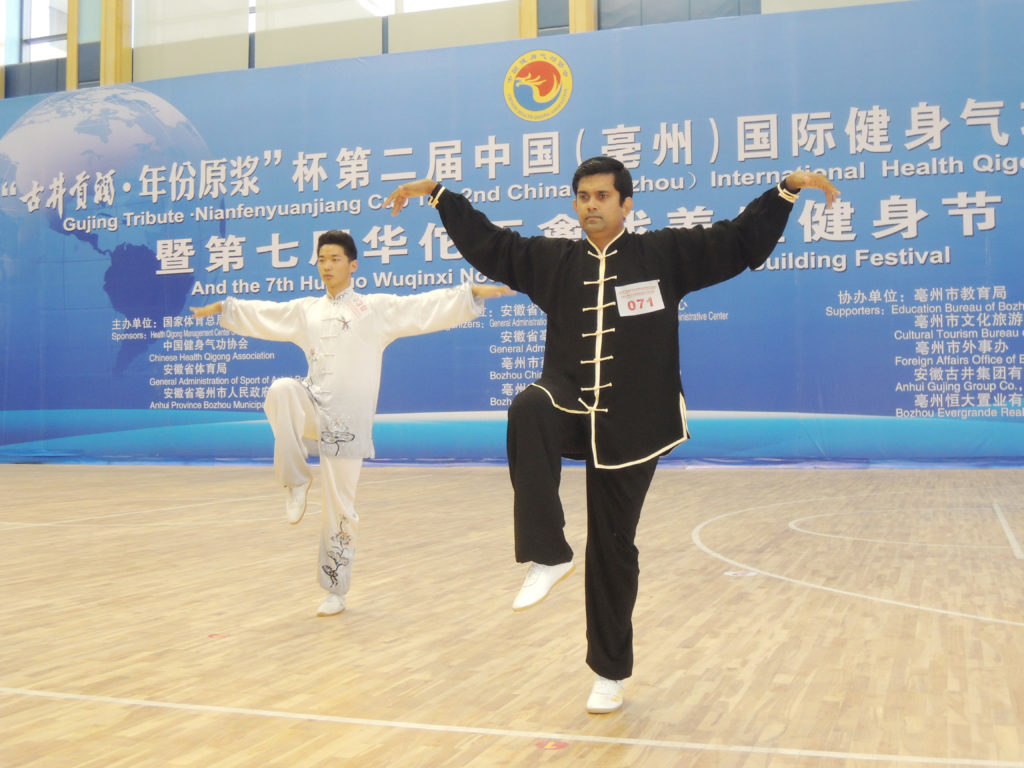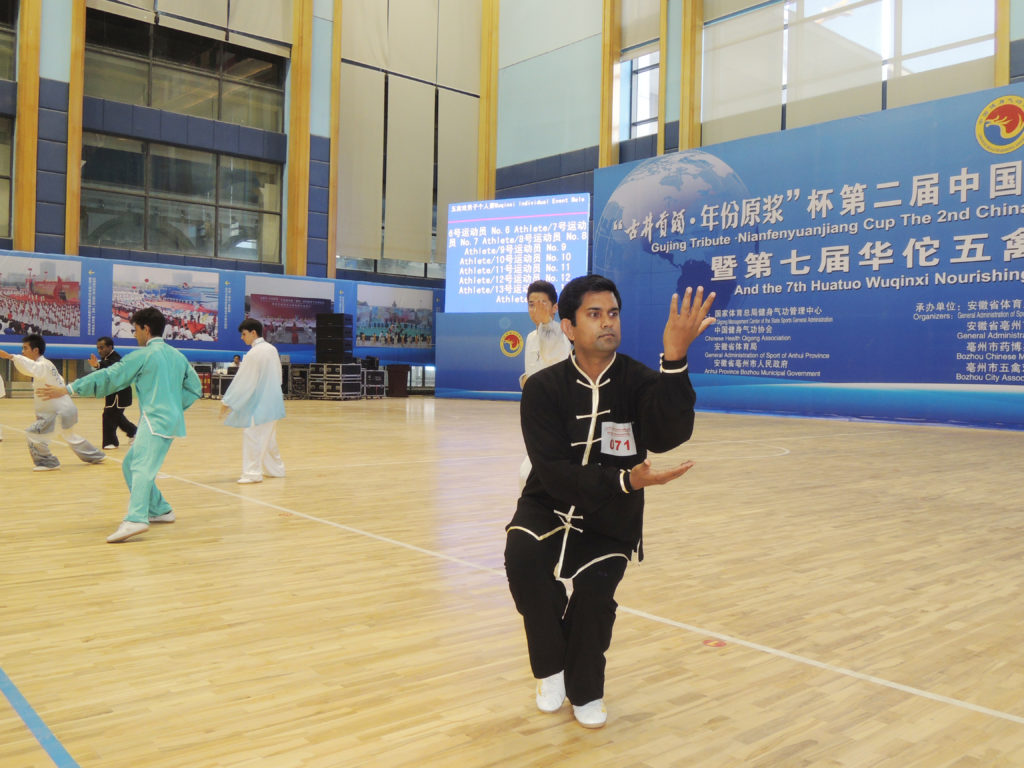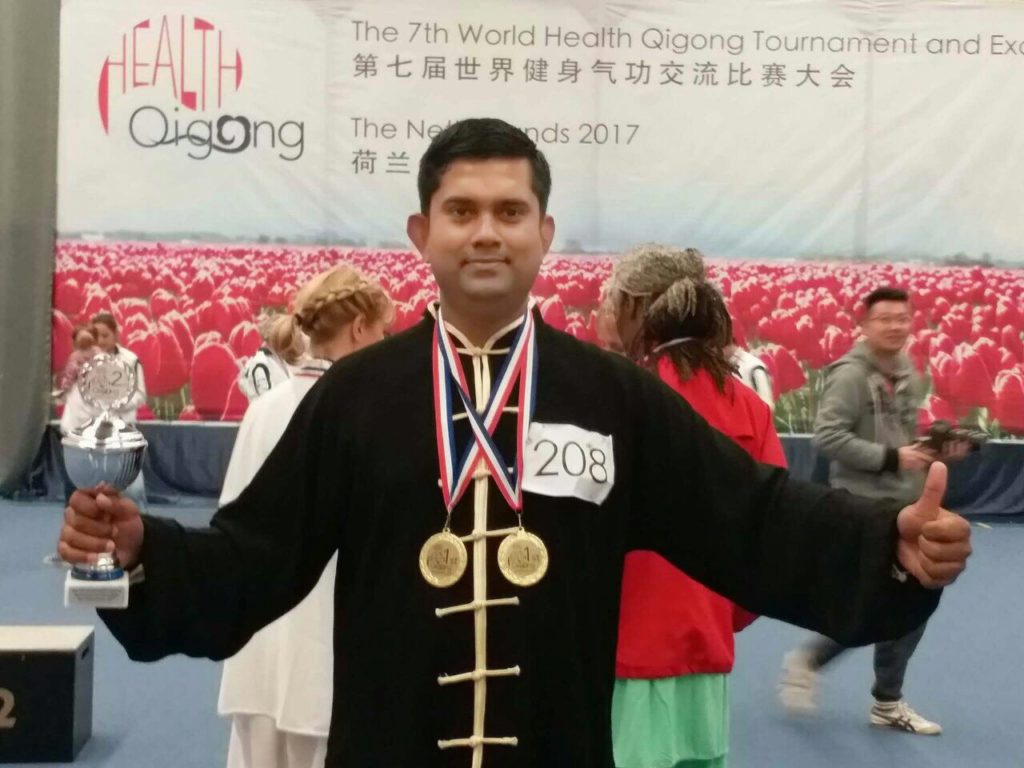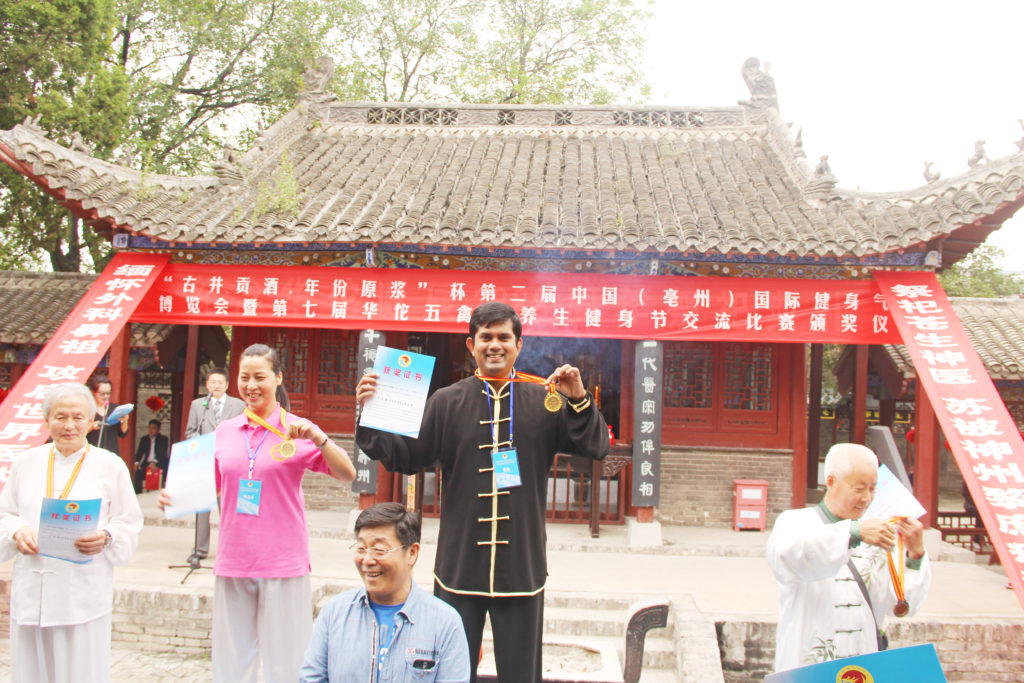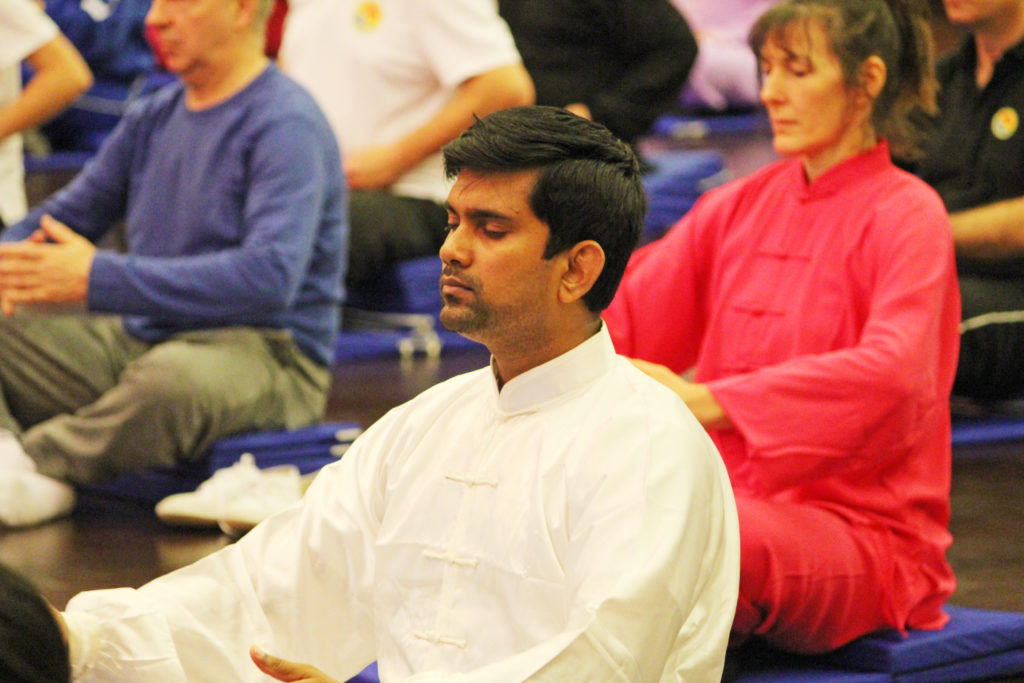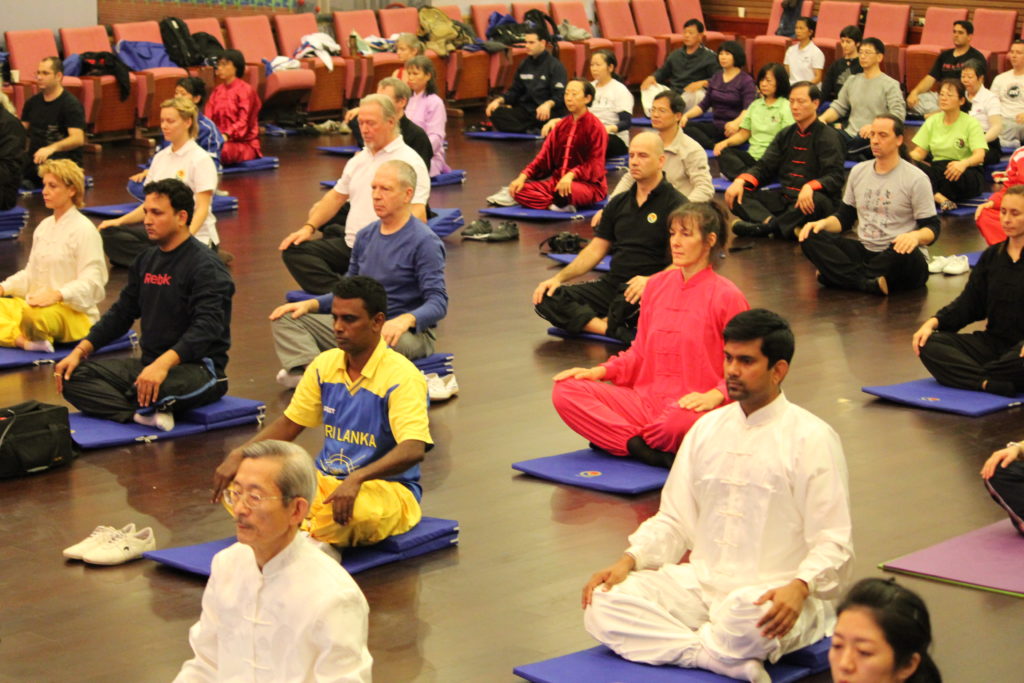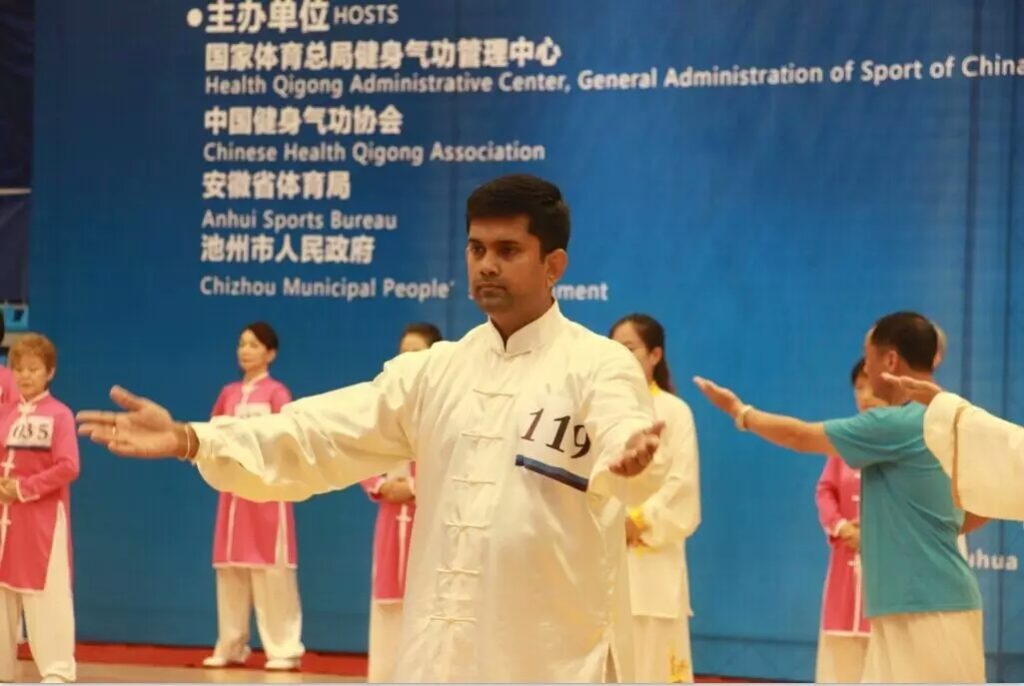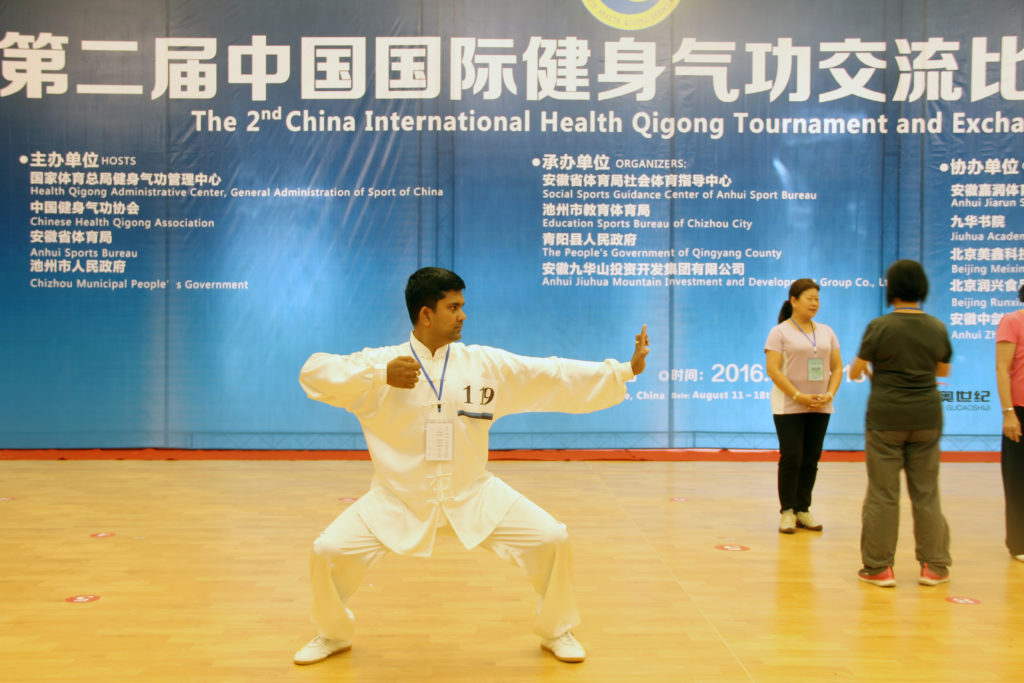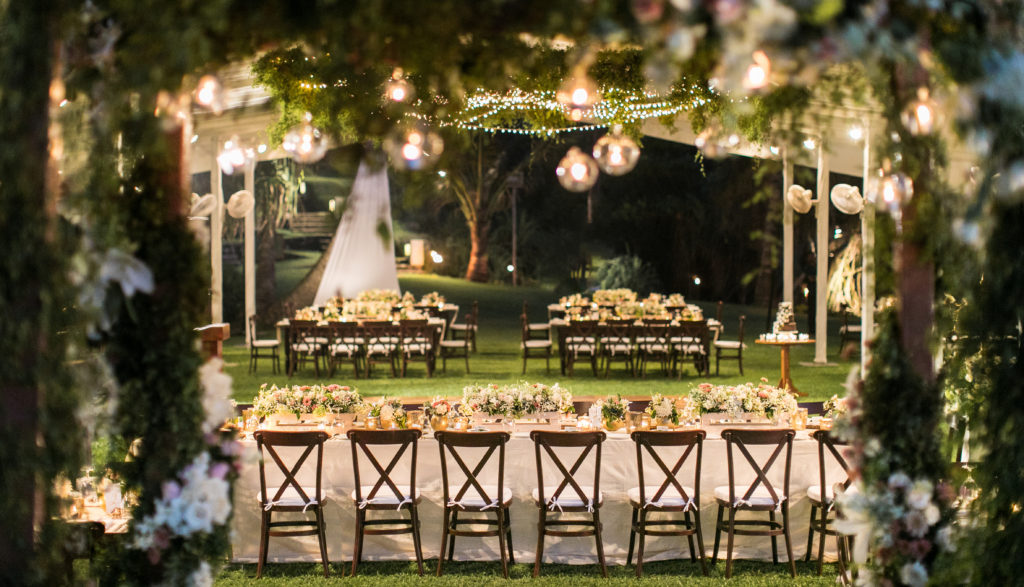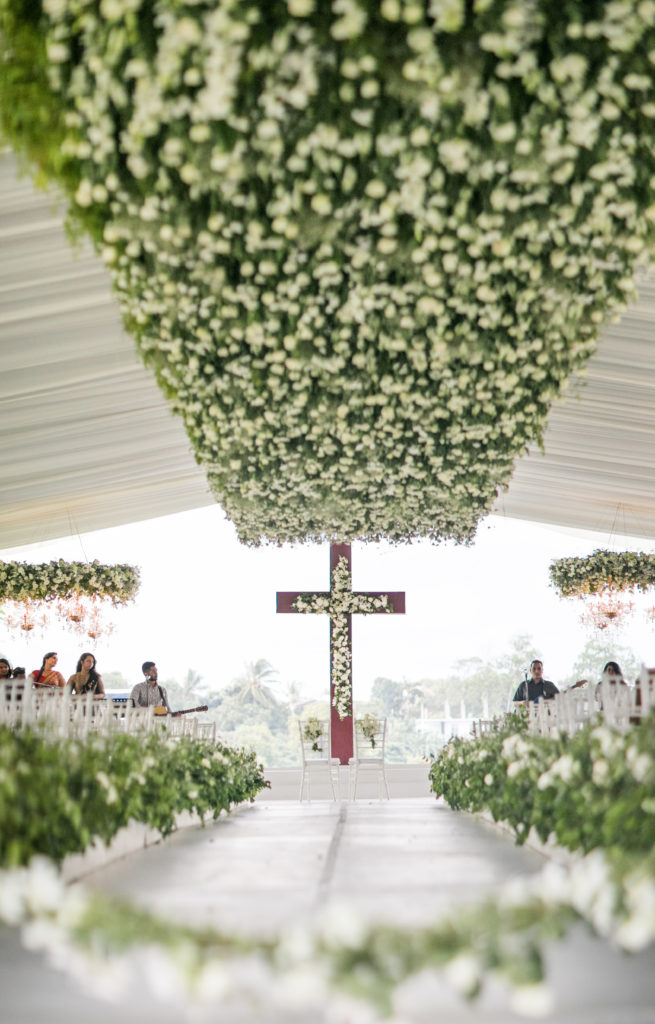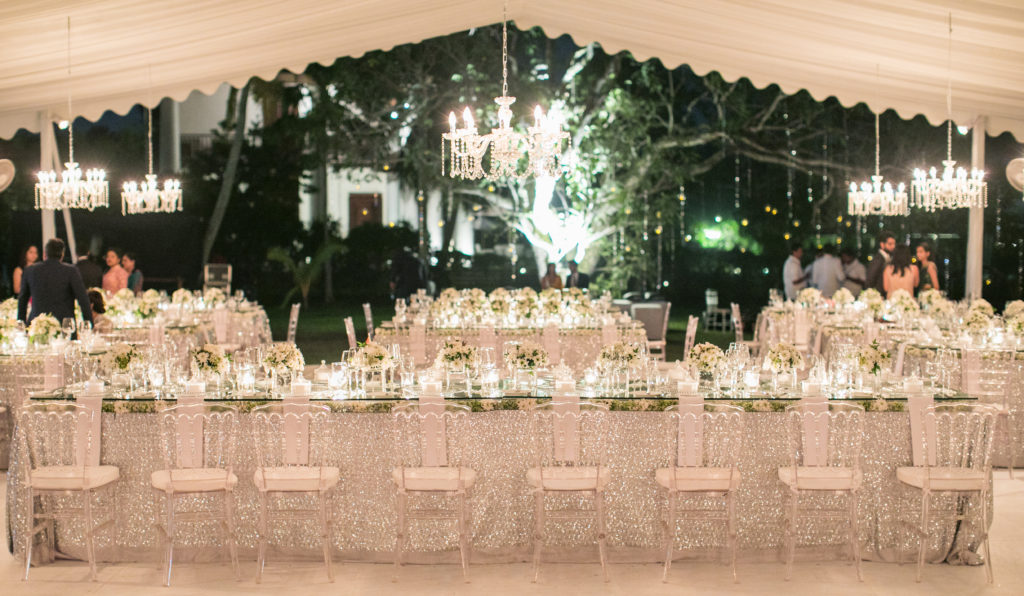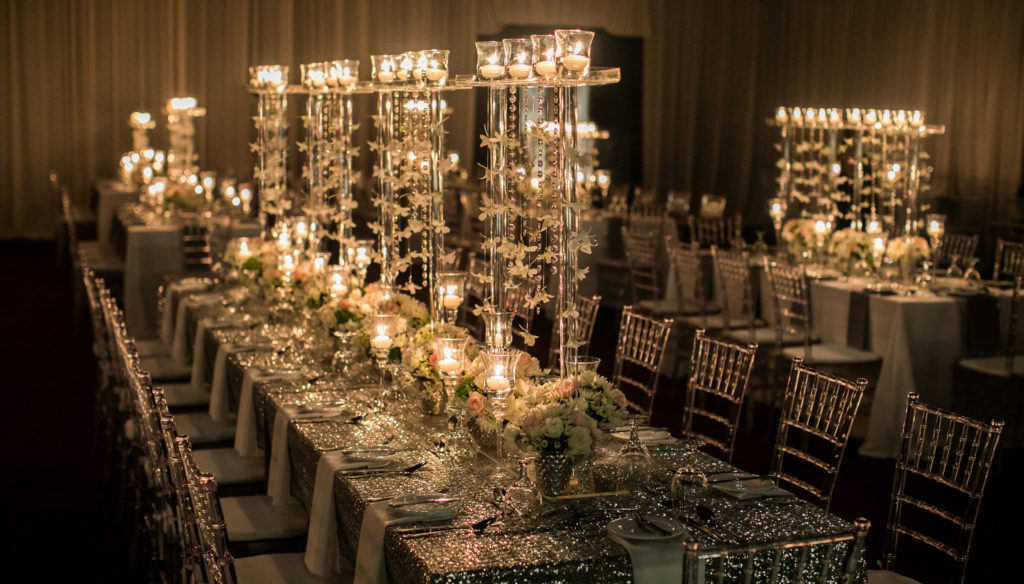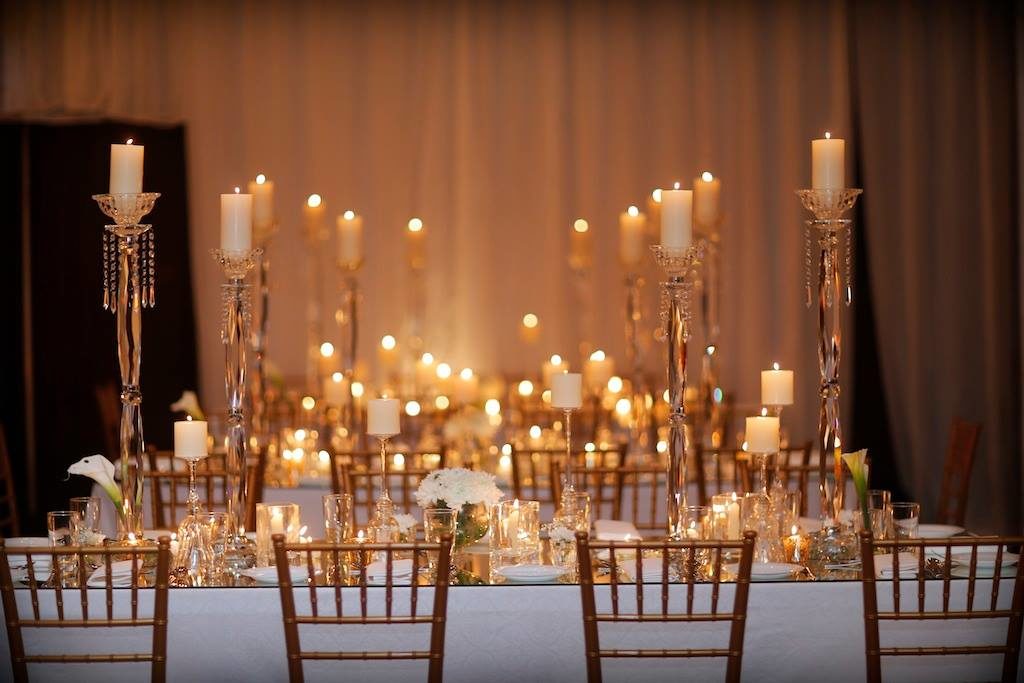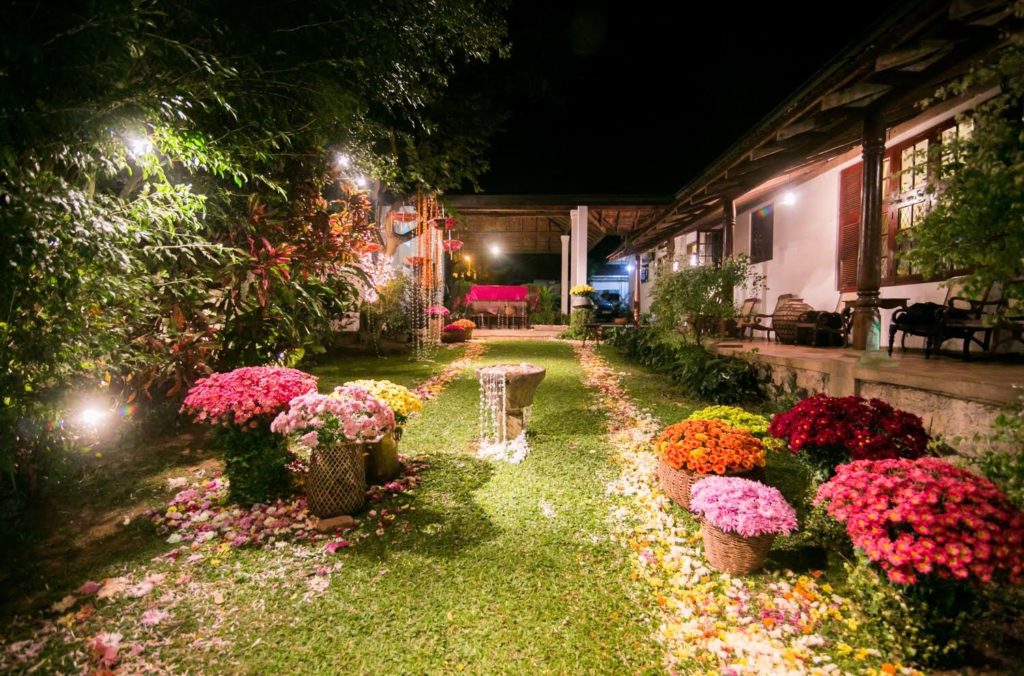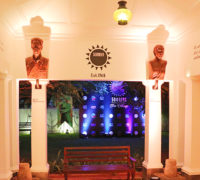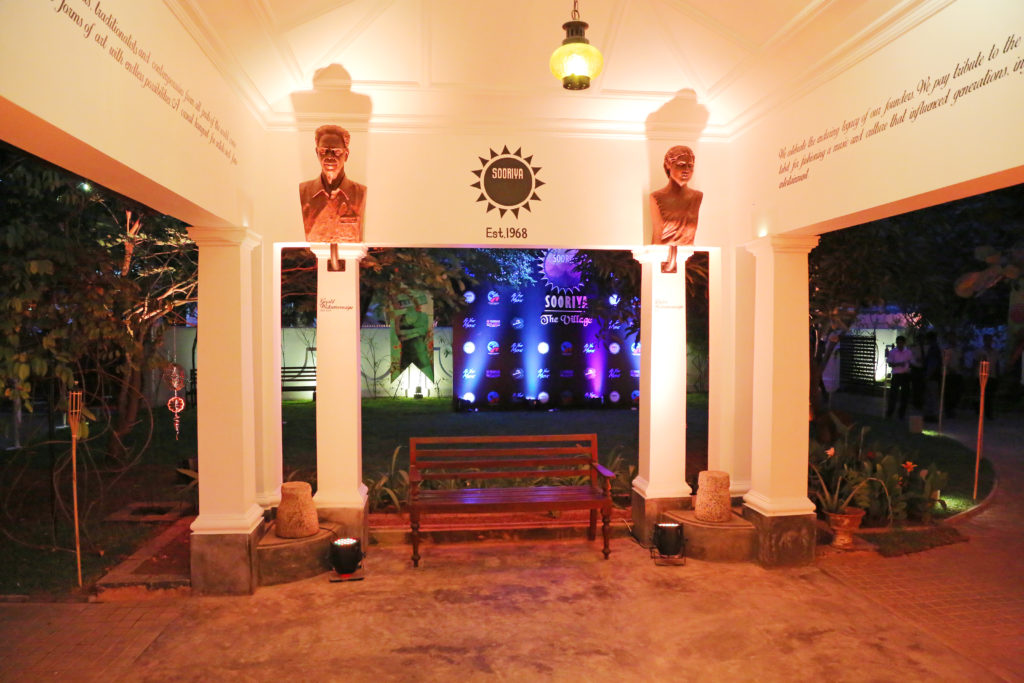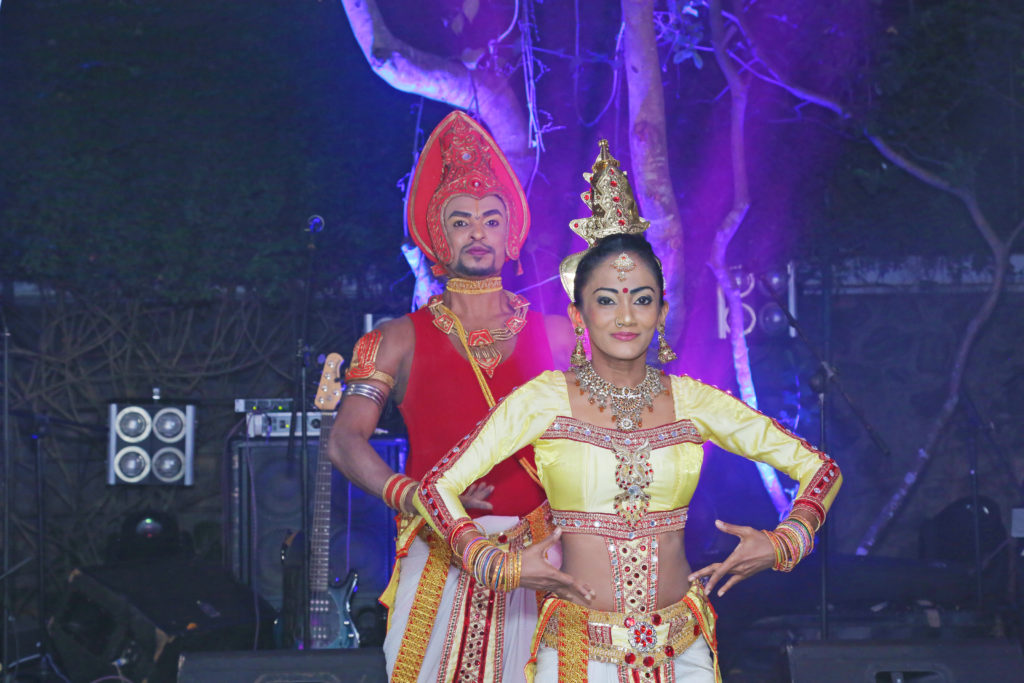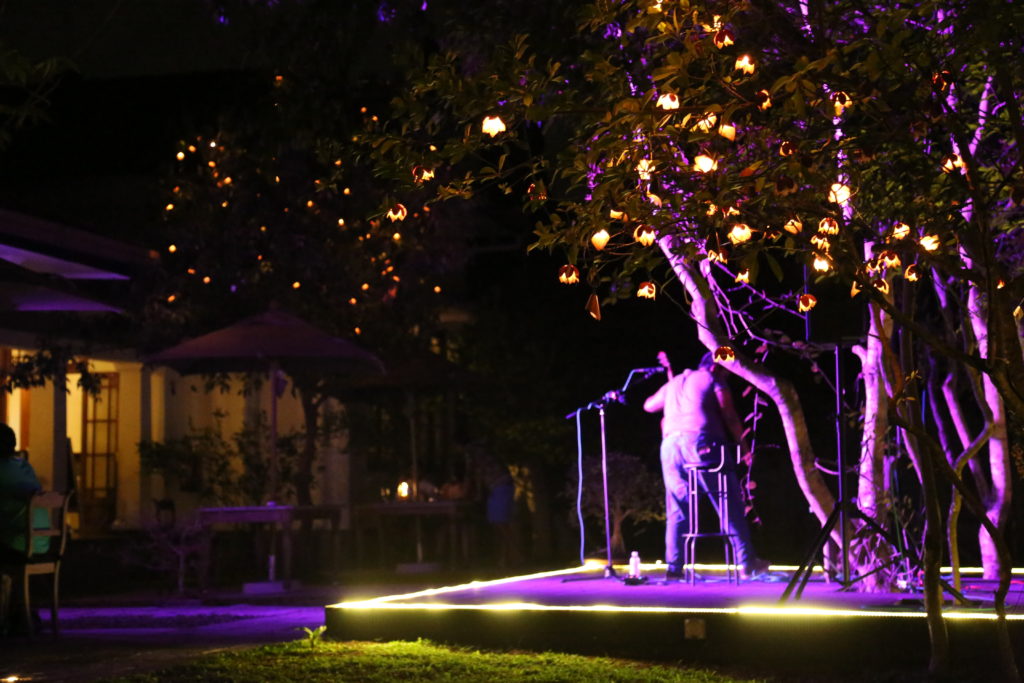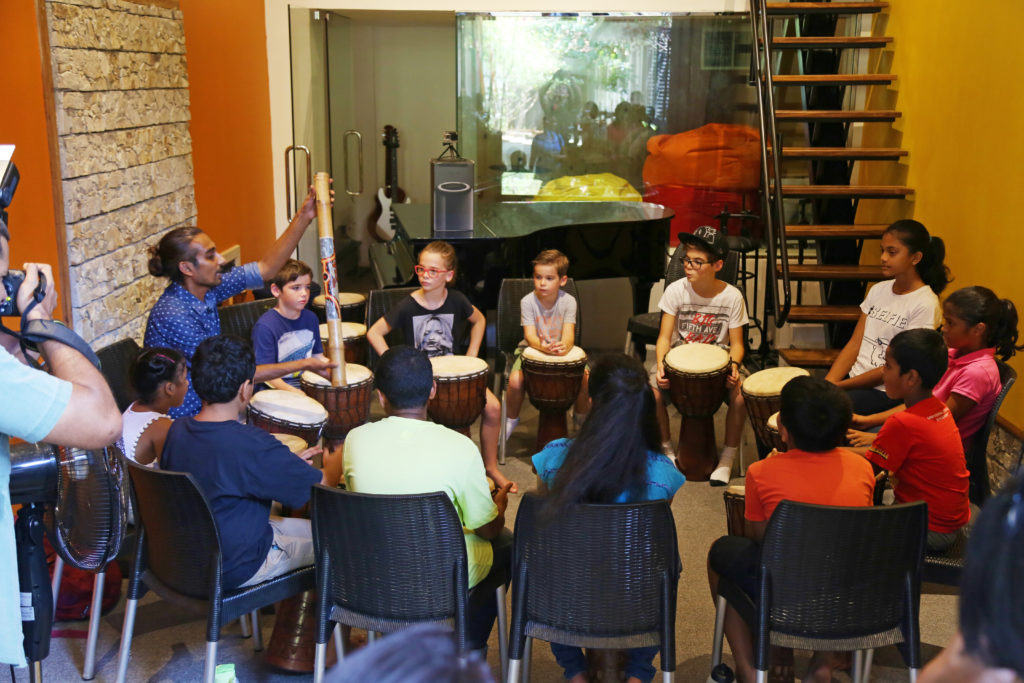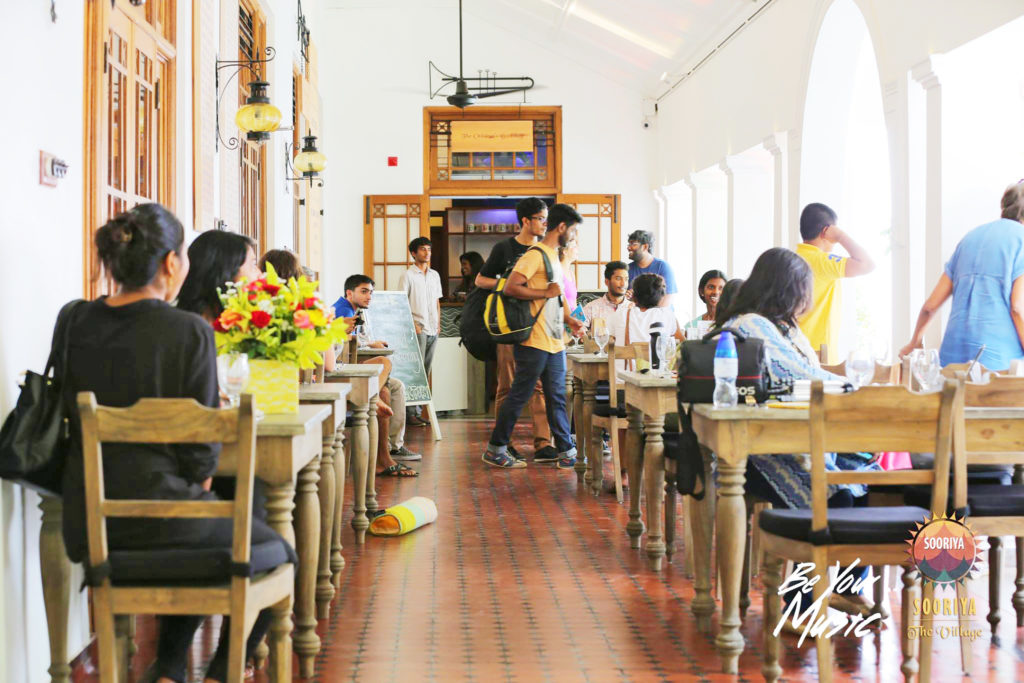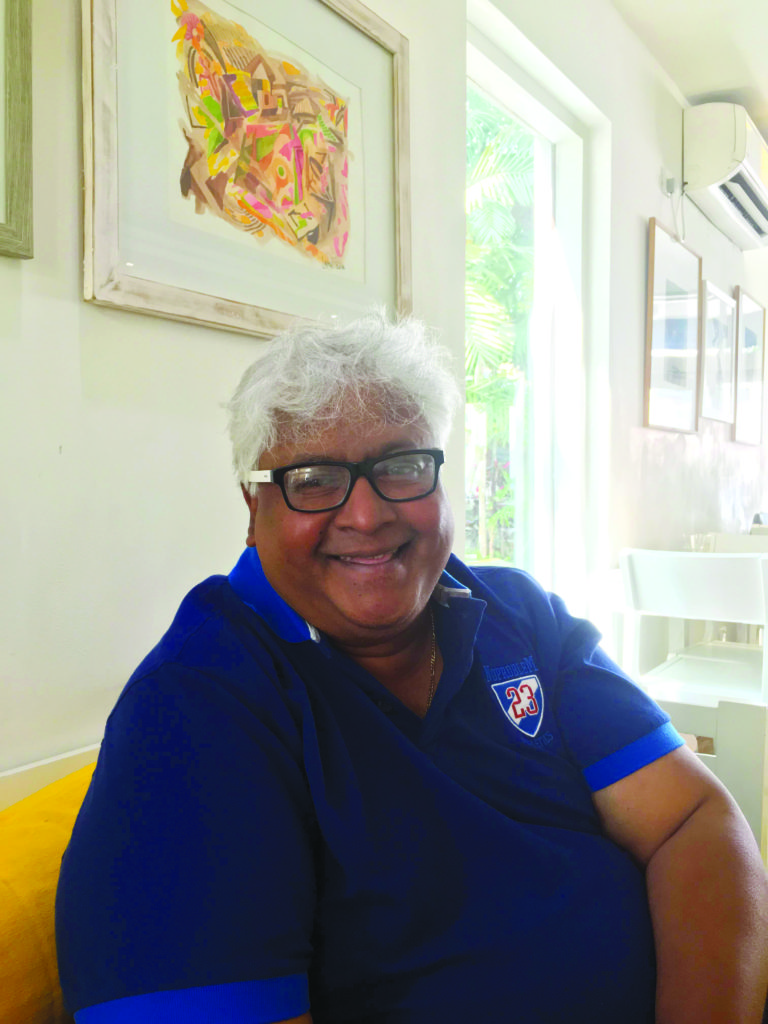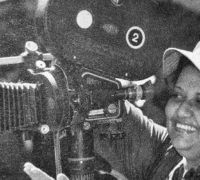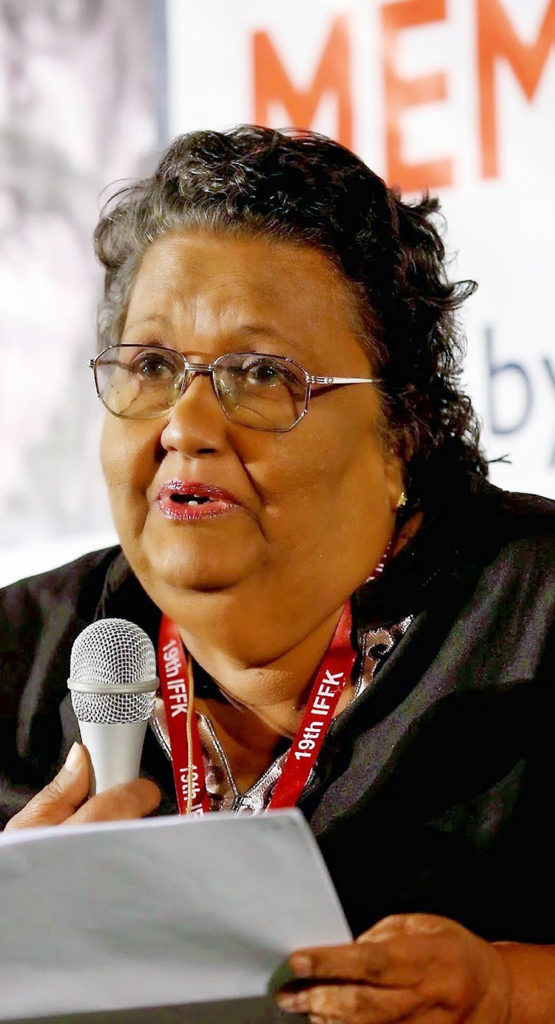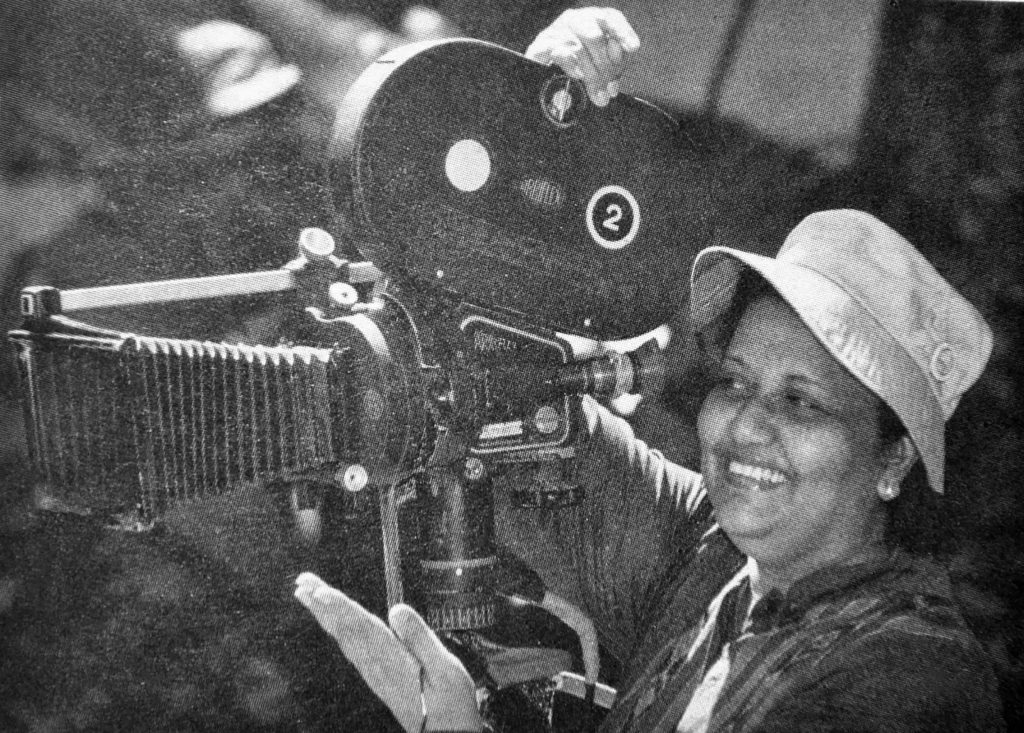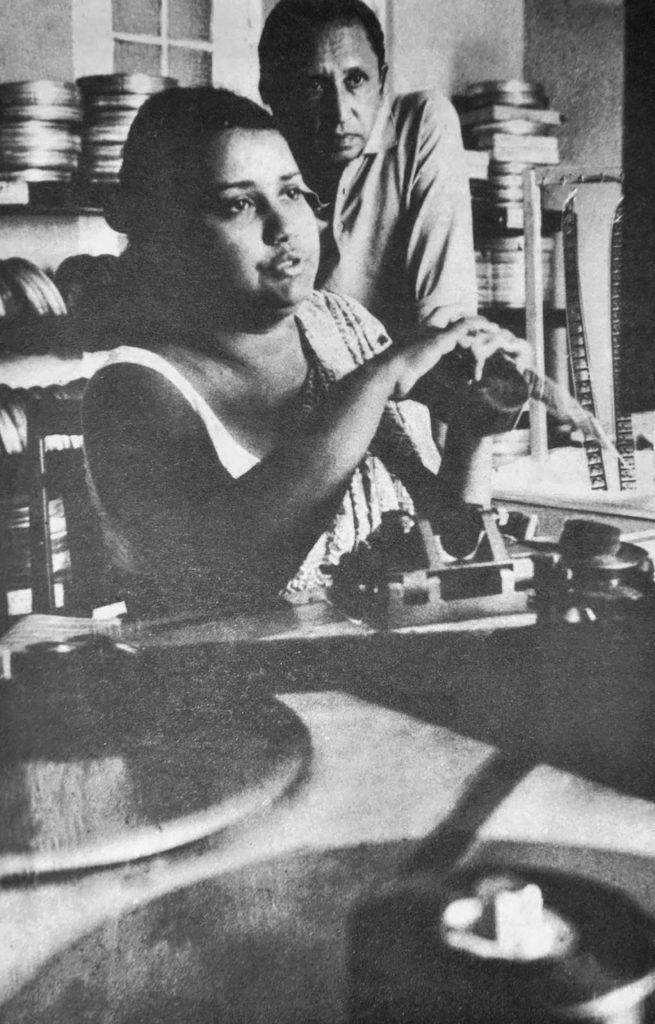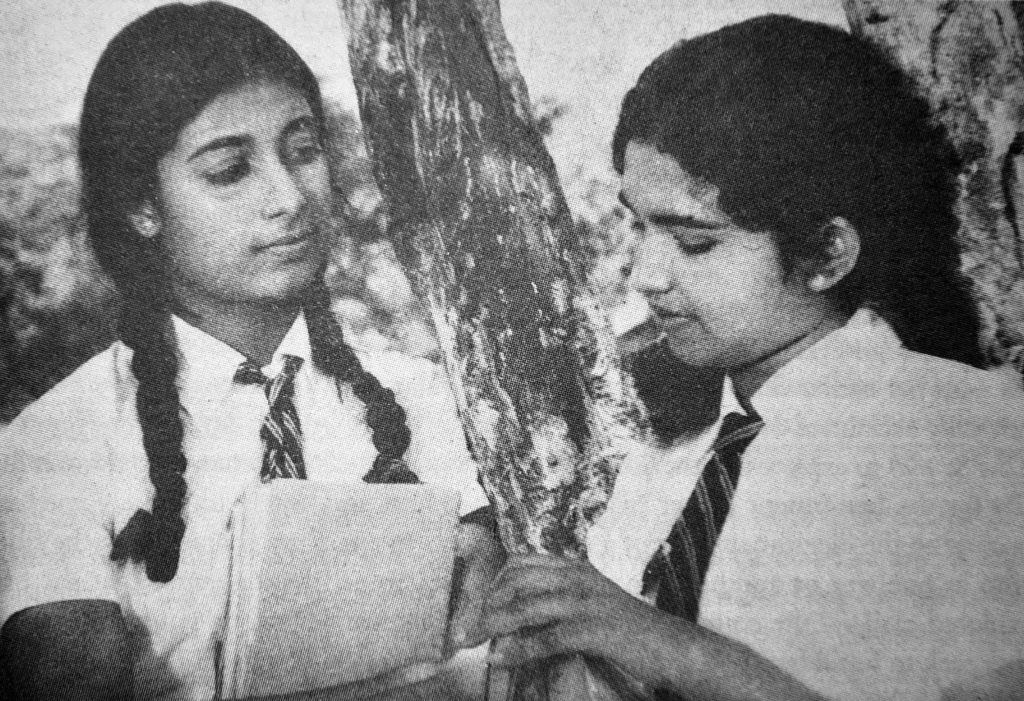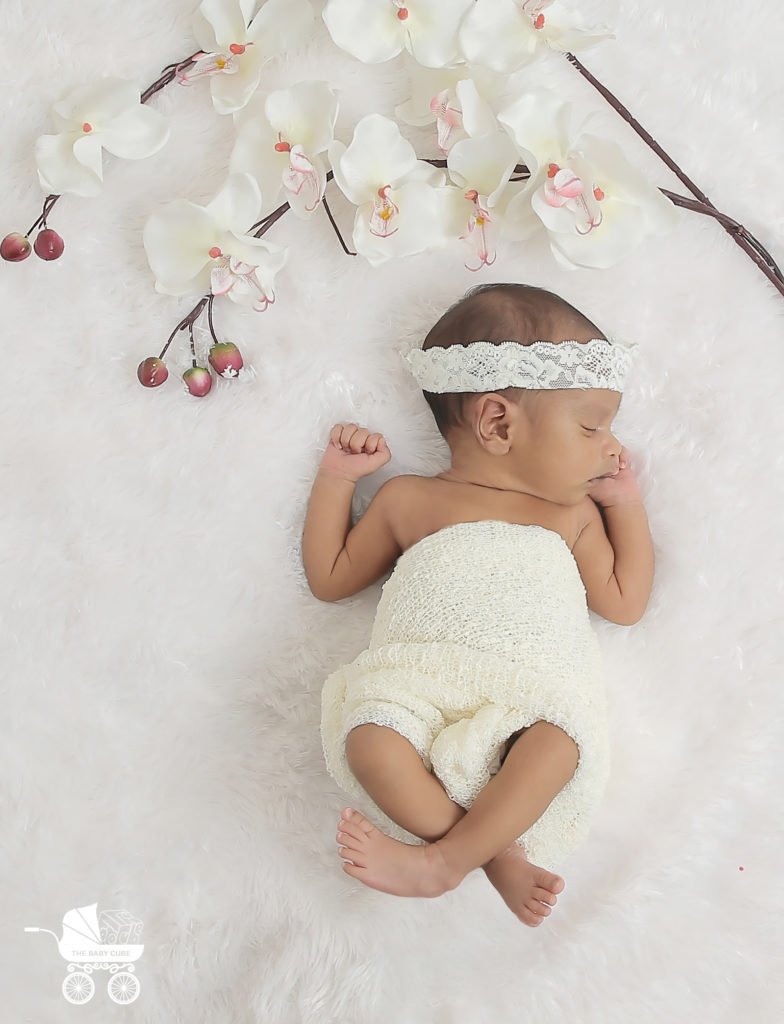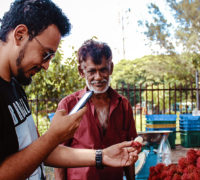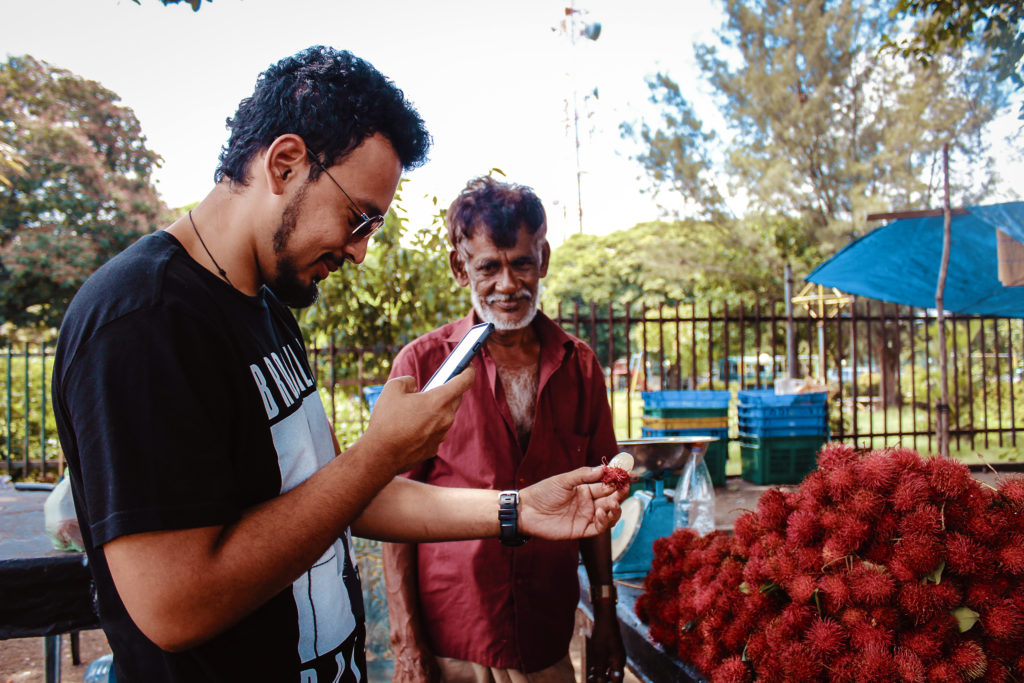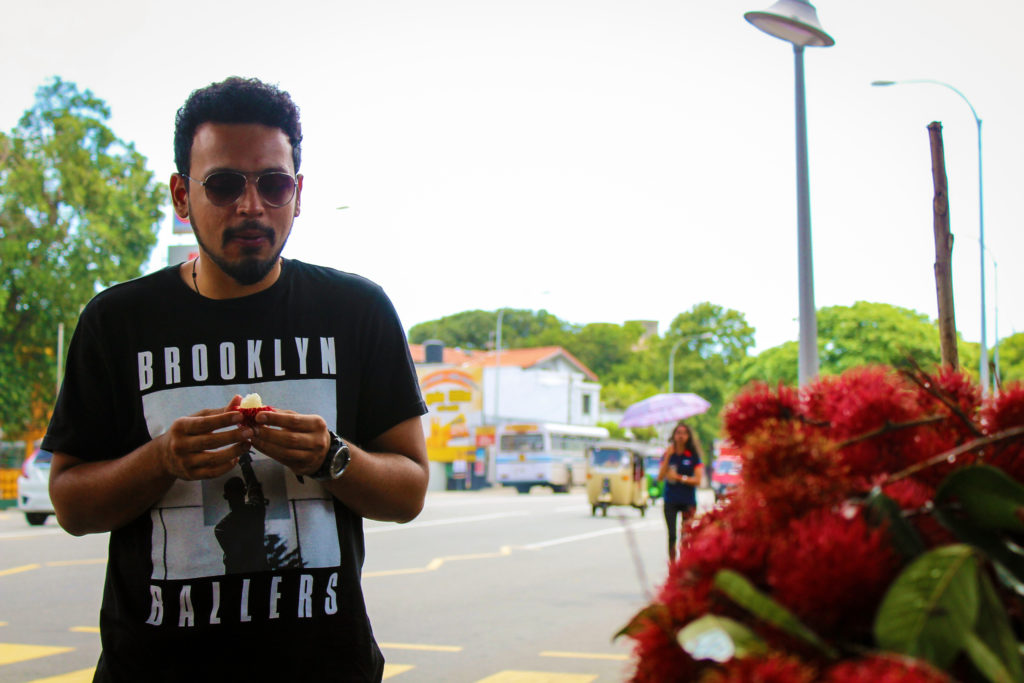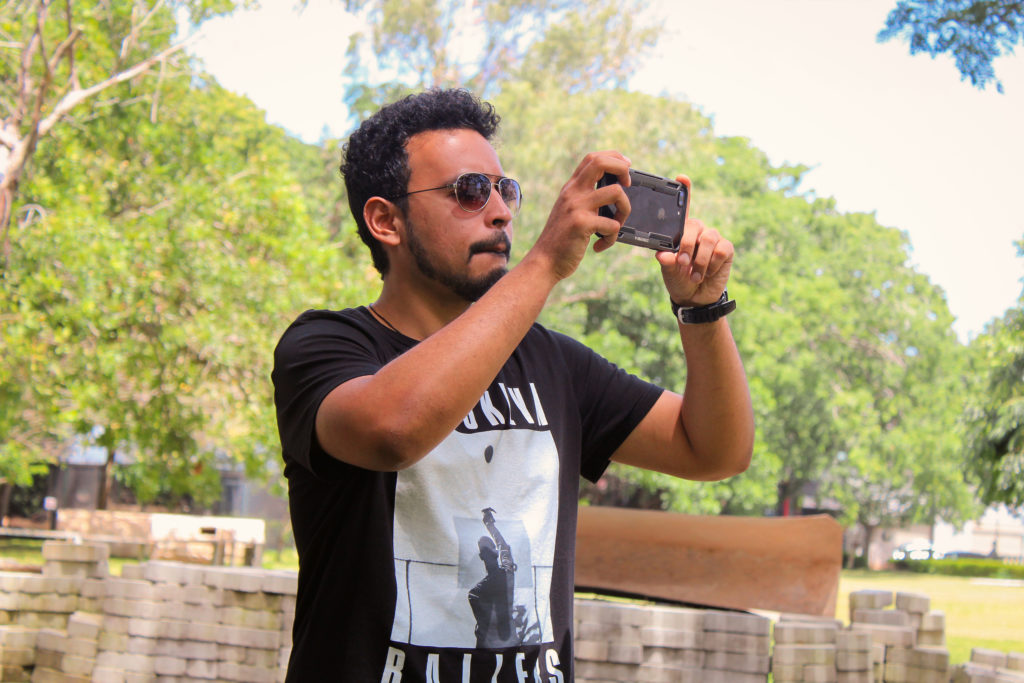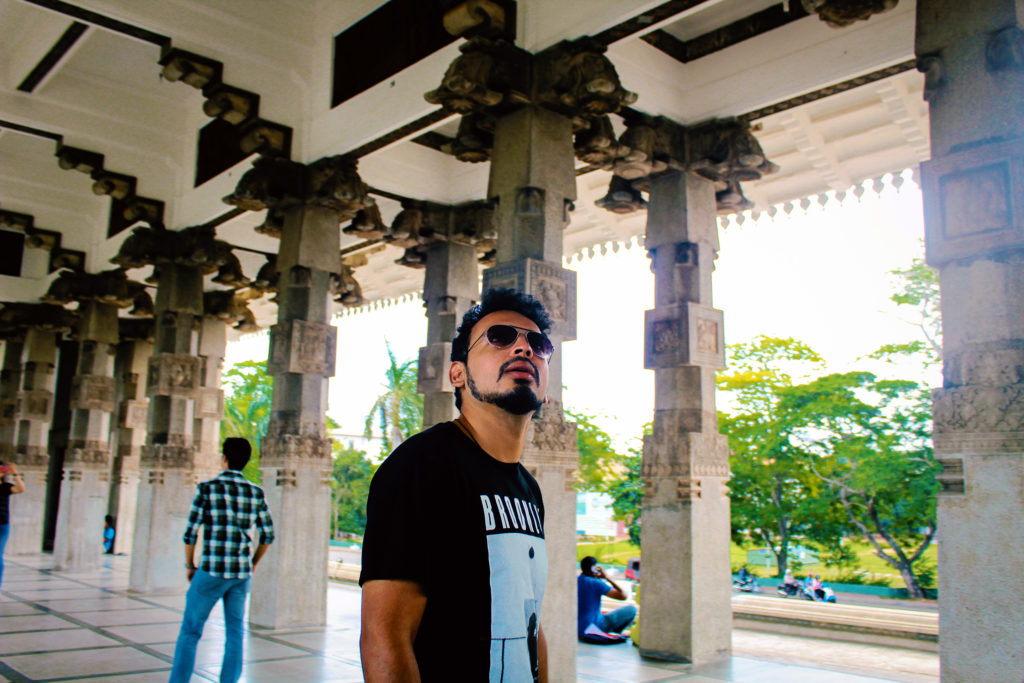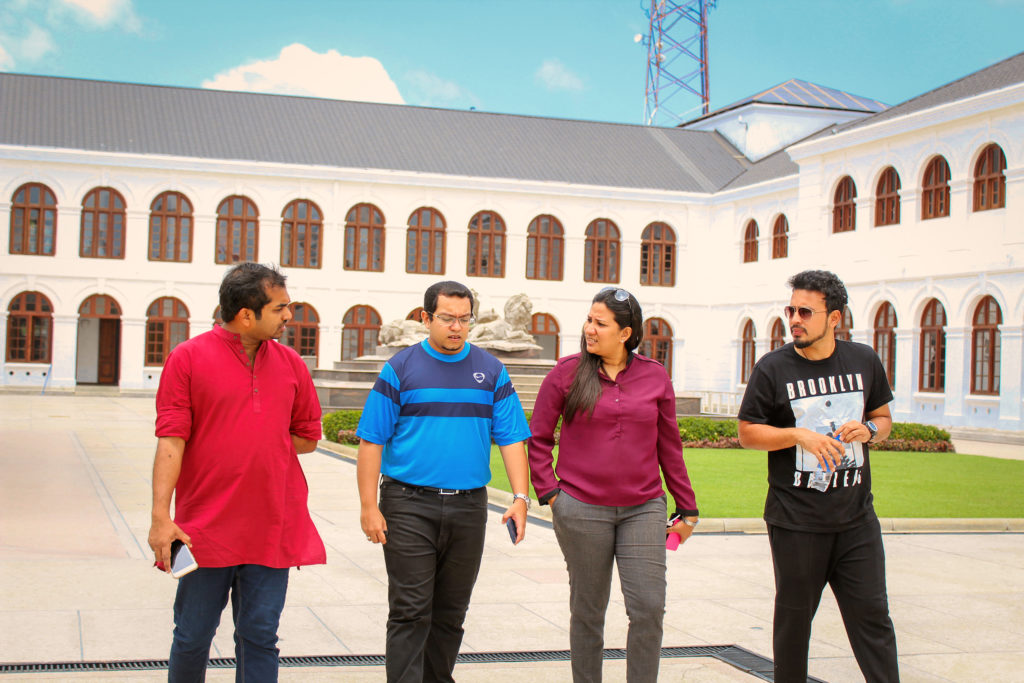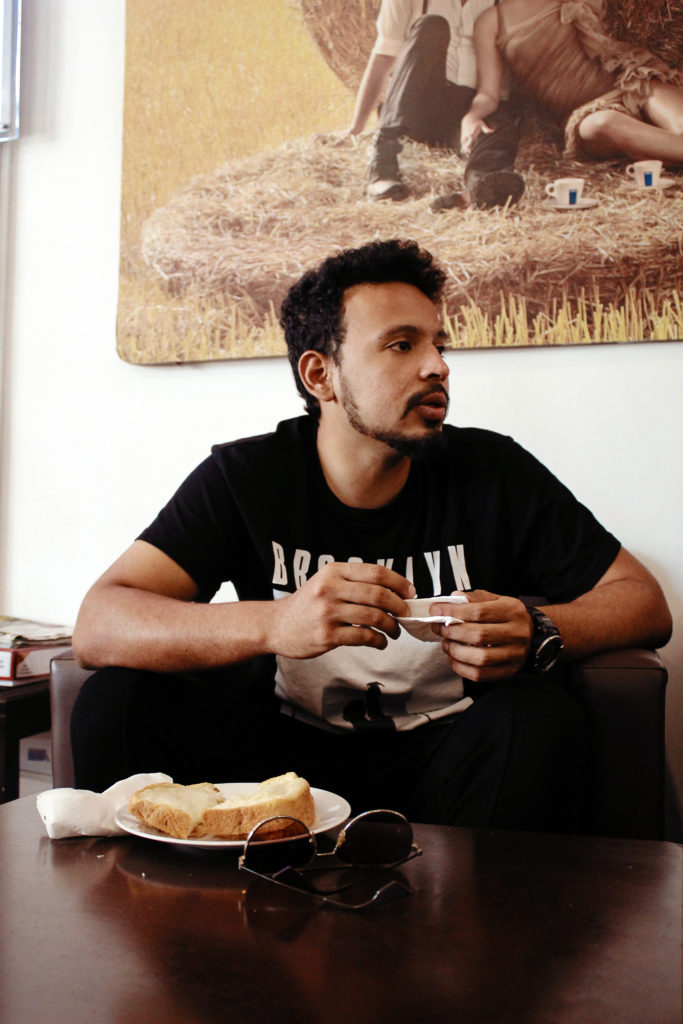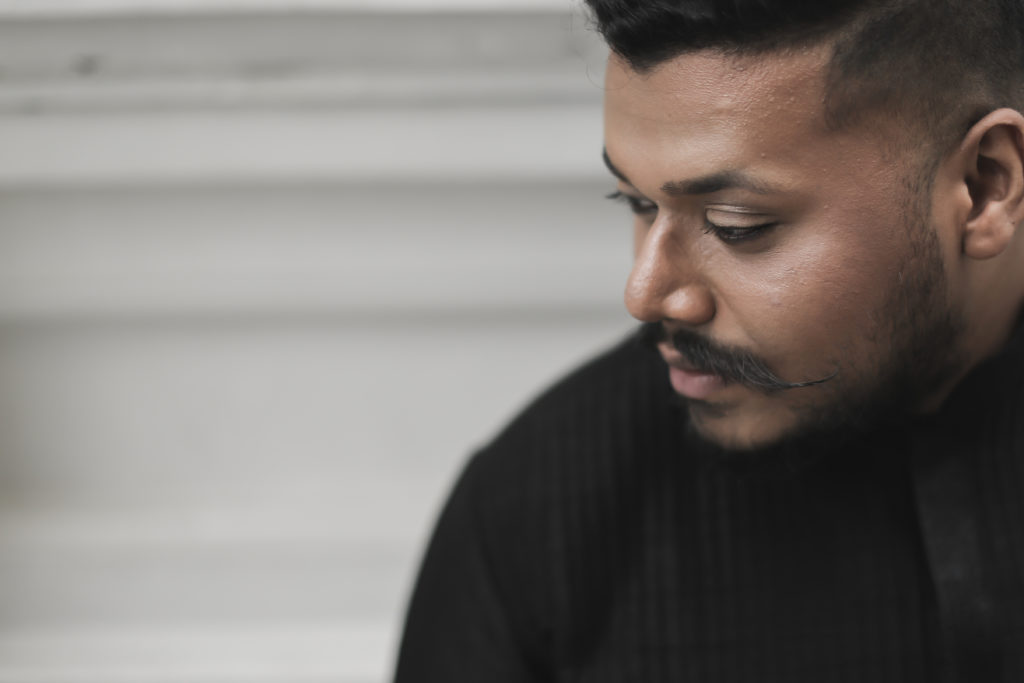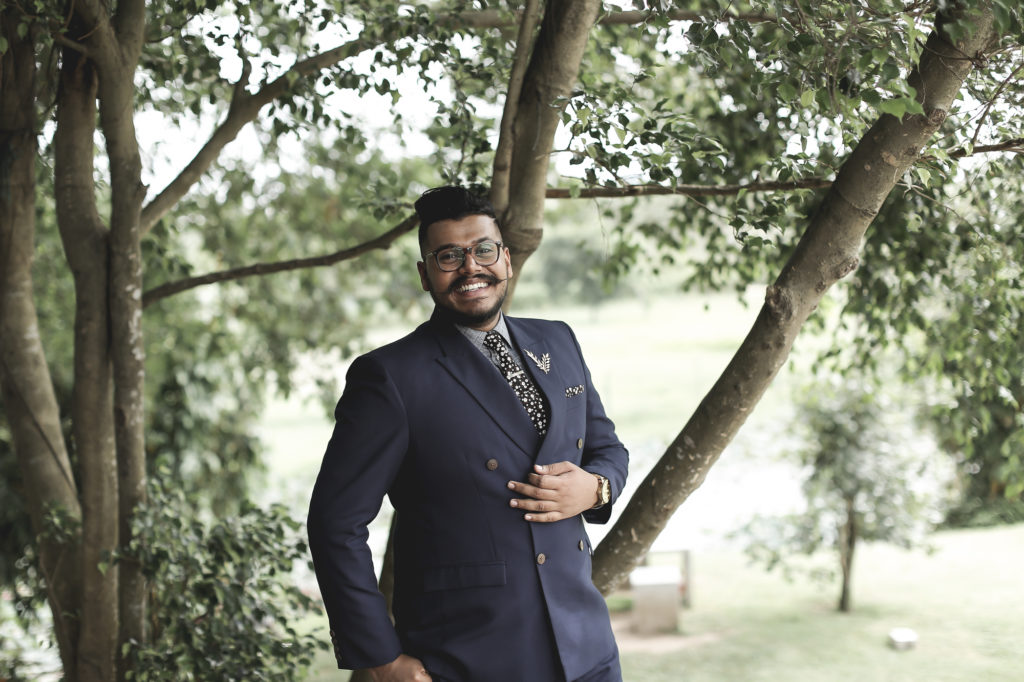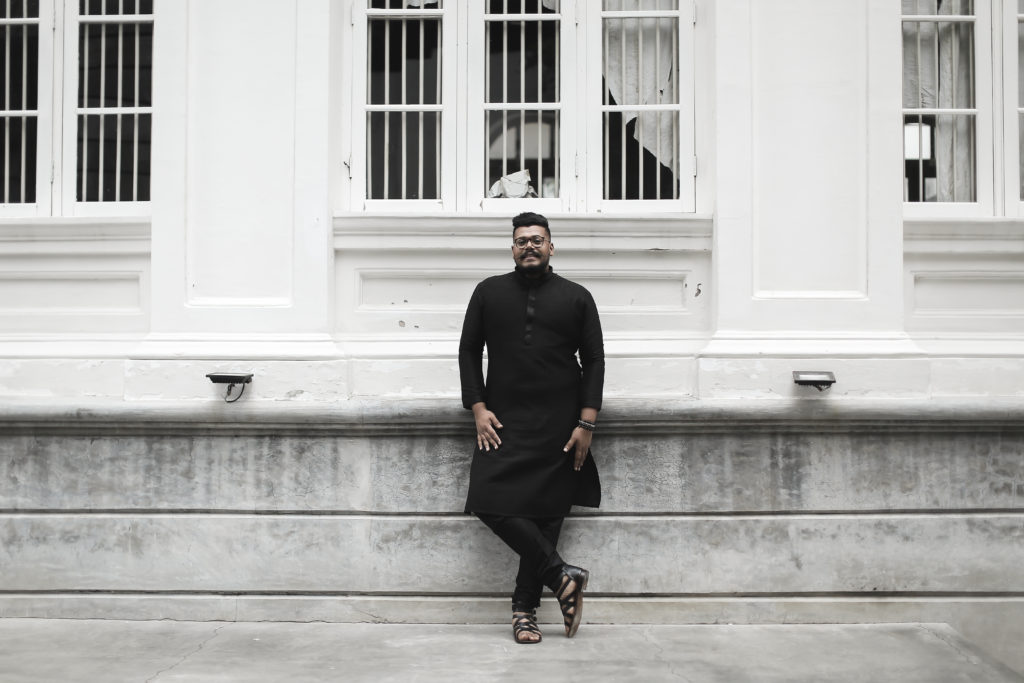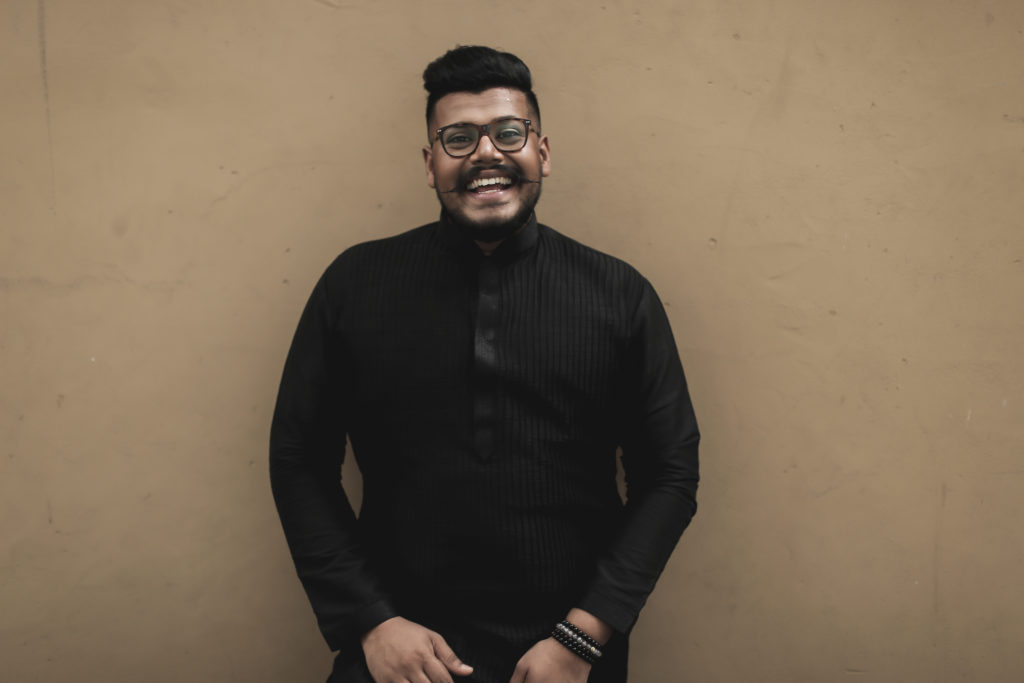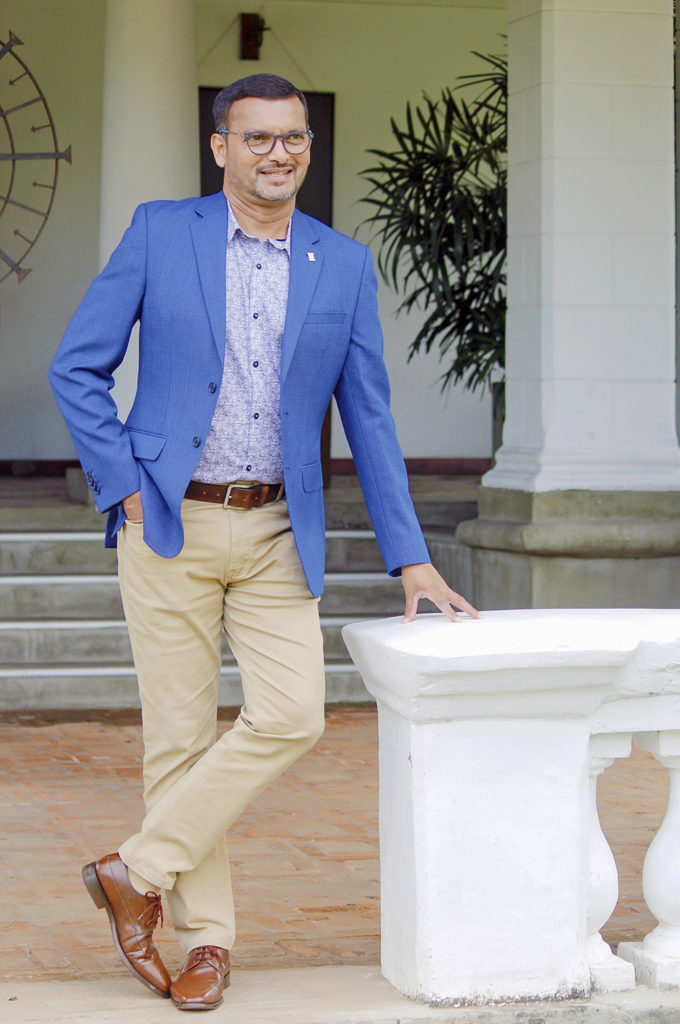
Sooriya Village was the perfect setting to wine and dine Kumar De Silva, but then again maybe not. I failed Math during my O’Levels, and maybe that’s why I lost count of the number of times we were politely interrupted by every Tom, Dick, and Harry who patted Kumar on the back, and jabbered on amiably for a few minutes or so. But this is Kumar De Silva, and this level of attention from the public is to be expected. Generation X’ers (think me) would recognize this genteel and friendly face from the Bonsoir days. What is there to write about Kumar? His face has been plastered on virtually every newspaper in the country and also on the television screen.
Tell me something about you that no one knows, I asked. That is how this interview started as Kumar took me down Memory Lane while gently parting the mists of nostalgia. Deprivation was a running theme in Kumar’s childhood. With two siblings in the family, his parents who were both teachers tried their level best to offer them the necessities of life. But judging by the standards of today, life in Sri Lanka a few decades ago was quite a difficult affair. How much we take for granted, I thought, as Kumar mentioned that when it came to the food they ate, eggs and chicken was a once-a-month luxury.
He mentioned with a smile how his mother stitched a shirt out of a batik cushion cover. Yet his voice didn’t feature any bitter nuances since he divulged that he appreciated the whole aspect of ‘not having’ in his childhood. As he says: We didn’t know what it was to have, so not having was normal. Deprivation may have been the status quo in Kumar’s life, but one thing his parents didn’t scrounge on was his education. He goes onto say that it was this investment that’s paying its dividends now.
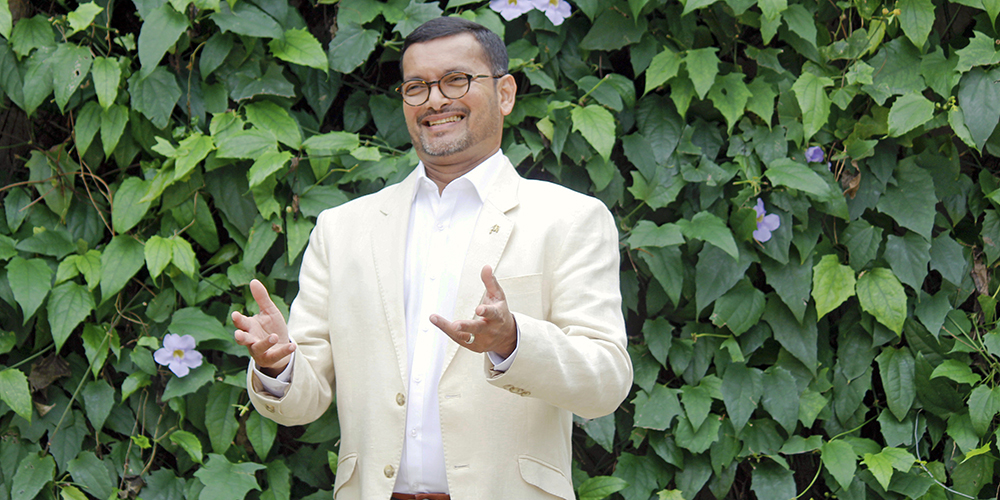
Yet it was one story out of so many that really did grab my attention; it was one where he had to borrow watches from his neighbors when it came to his A’ Levels to time his answers; this is because his parents just didn’t have the money to buy themselves a watch. Once he finally got his first job, the first salary went to buying both his father and mother a watch each. It’s now an obsession where he has collected hundreds of watches to date, all of which are harmoniously ticking away in his closet forever reminding him of his roots, and also how long he has come in a life that started out with the bare minimum.
Deprivation can bring out the best in us or the worst in us, yet what was truly appreciable about Kumar was his level of empathy. I suppose it’s a case of not wanting someone to go through the same level of suffering that you have gone through that brings out kindness. This was the rationale that was warmly spreading through my neurons as he spoke of how he helped a Bonsoir office peon’s son get a decent education.
It was investing in education that elevated his life, and he speaks of how proud he is of his children who were cultivated to appreciate education and be lifelong learners. No one can take away your education, Kumar says. This is largely true. You may lose your house, car or belongings through various tragic circumstances, but what you have learned will always reside within you helping you offer value to society and the world. Believing in an ethos that is governed by Karma, he firmly believes that the good you do will come back to you. He speaks of how he fed a starving tuk tuk driver, and received two lucrative compering jobs within a matter of half an hour. As he dug into his pol roti and dhal, and I into my black pork curry, he spoke of his yearning for the simplicity of yesteryear where Wellawatta in the 1960s bears a vast difference from what it is today. People were certainly friendlier then, but they also had more time for each other.
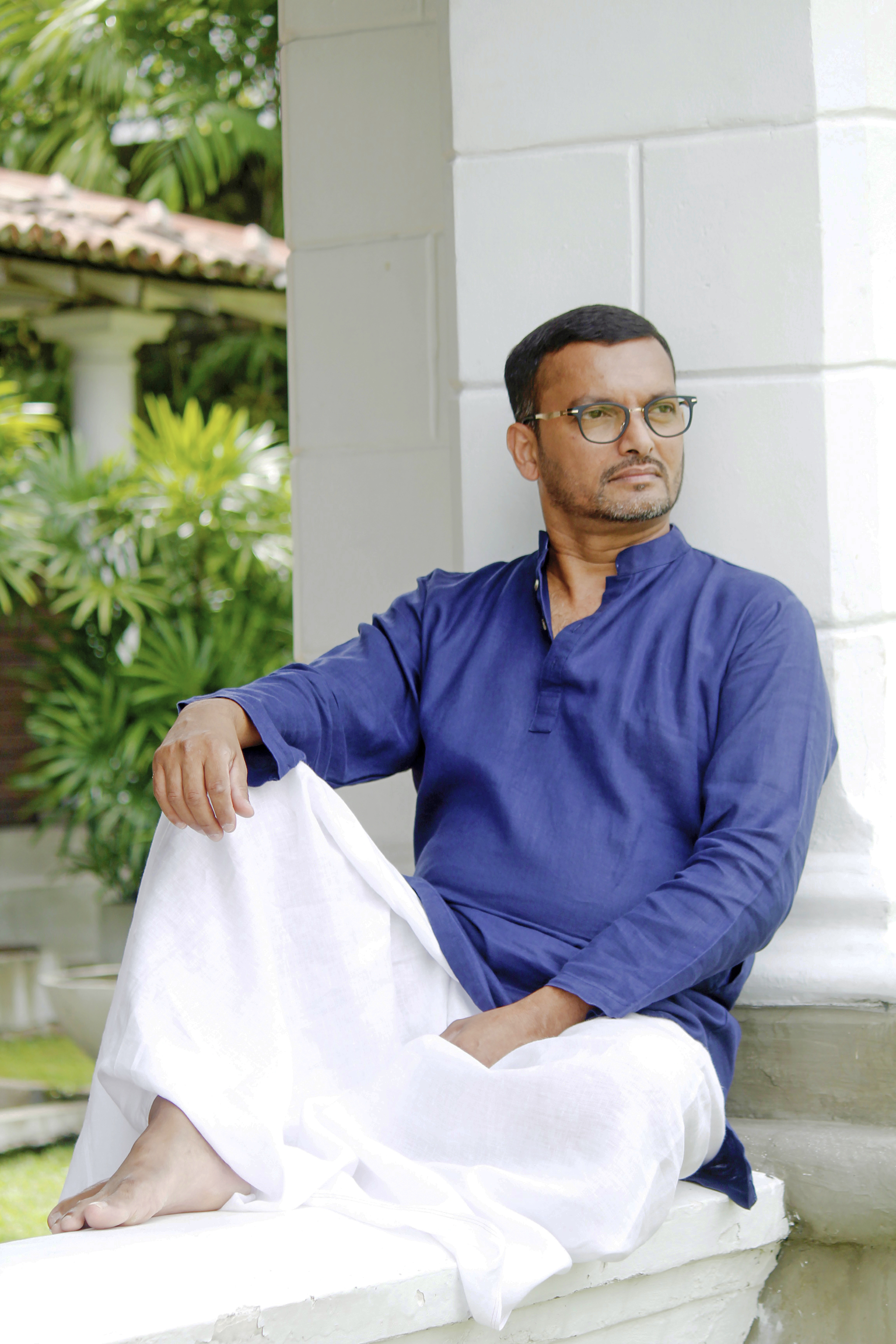
I remember Kumar projecting his versatile flair through my family’s second-hand Sony television, but this was a part of him I never saw. Neither did I expect him to have the experiences that he actually had. This is real life for you: the personalities we see in media with the perfectly chosen filters on Instagram and Facebook are humans just like us. They too have struggled, and felt pain, and hurt, and joy, and sadness like all of us. This I suppose is the most endearing thing: we all are alike, enticing with our strengths and weaknesses, traversing a journey that’s filled with expectations and dreams, all with the hope of extending some warmth and compassion to our fellow human beings.
